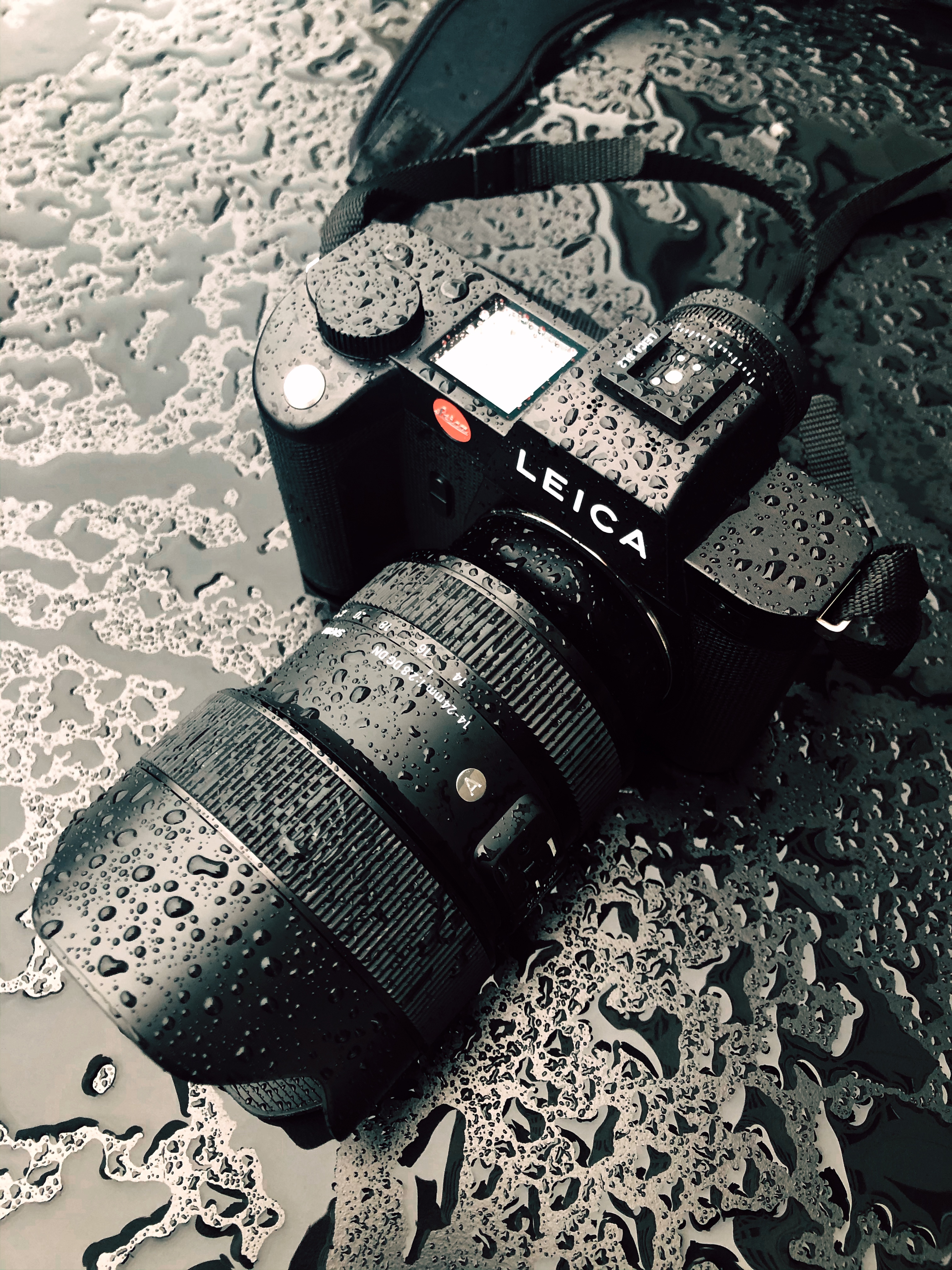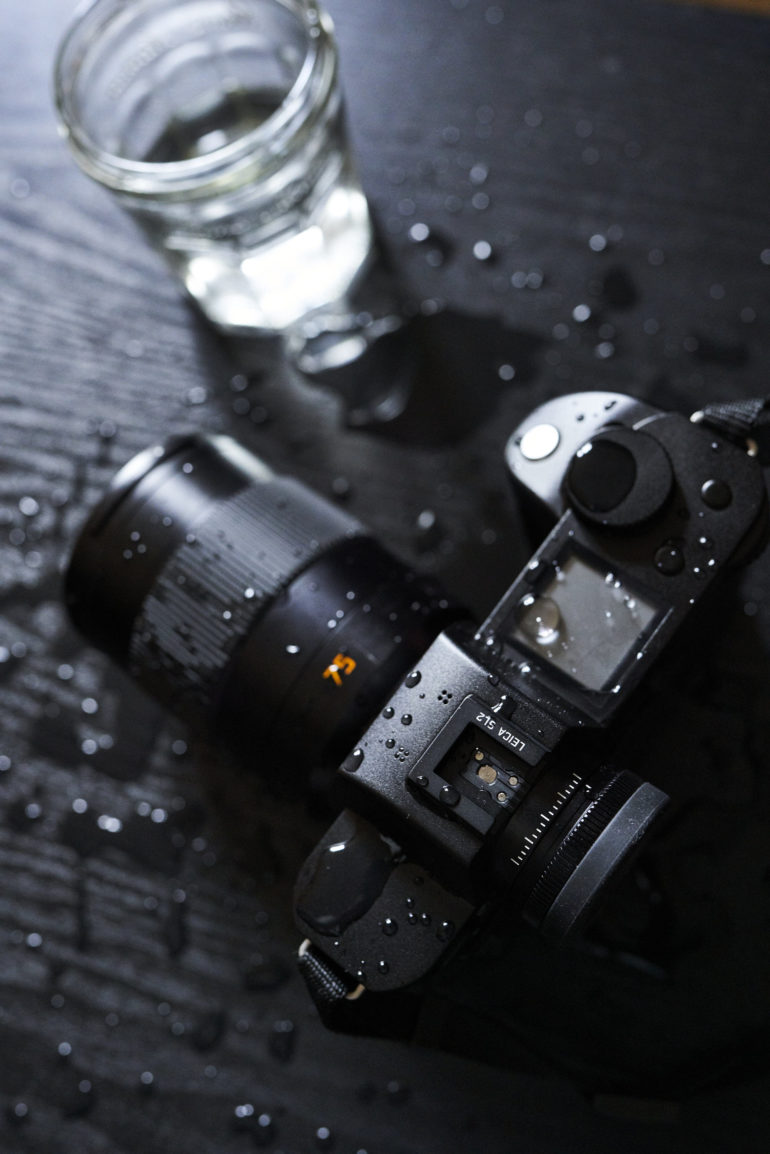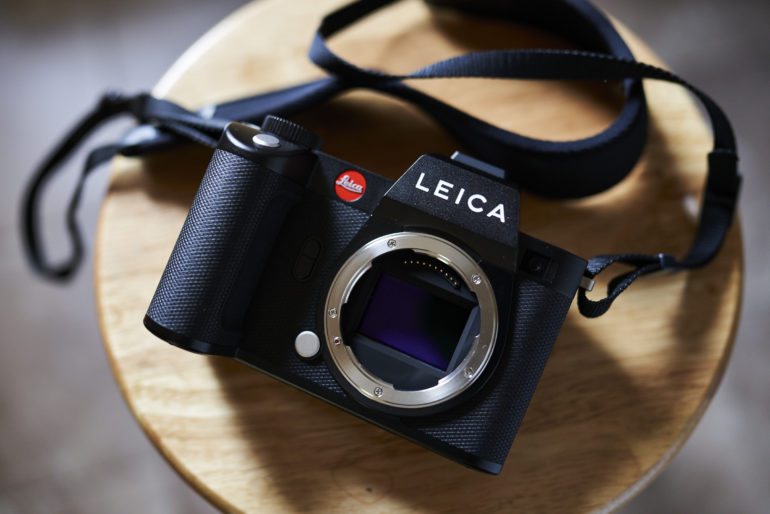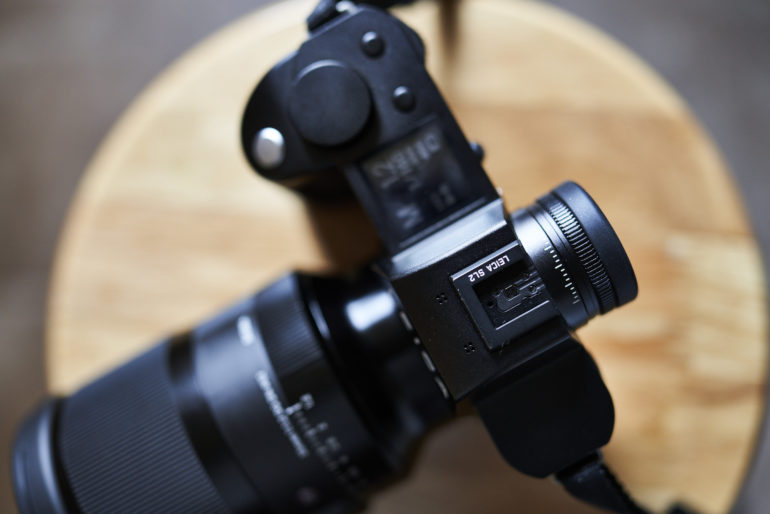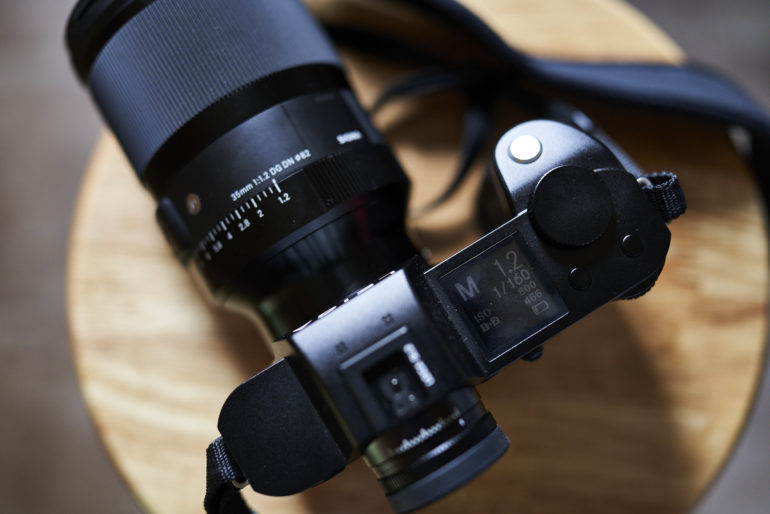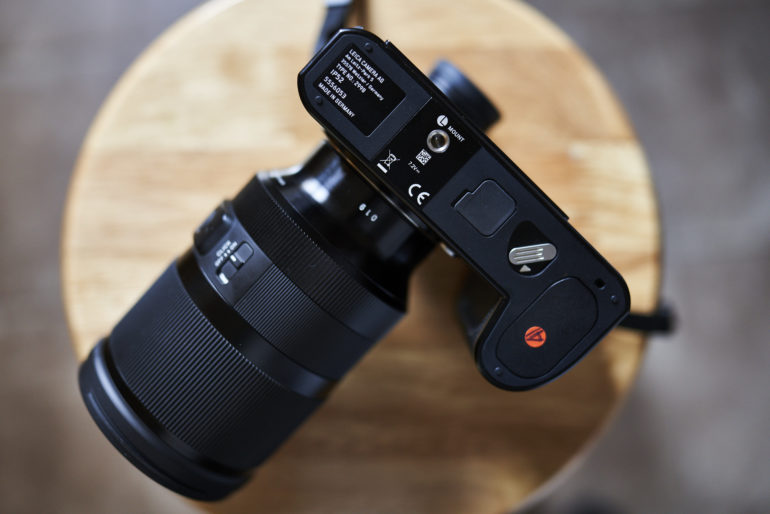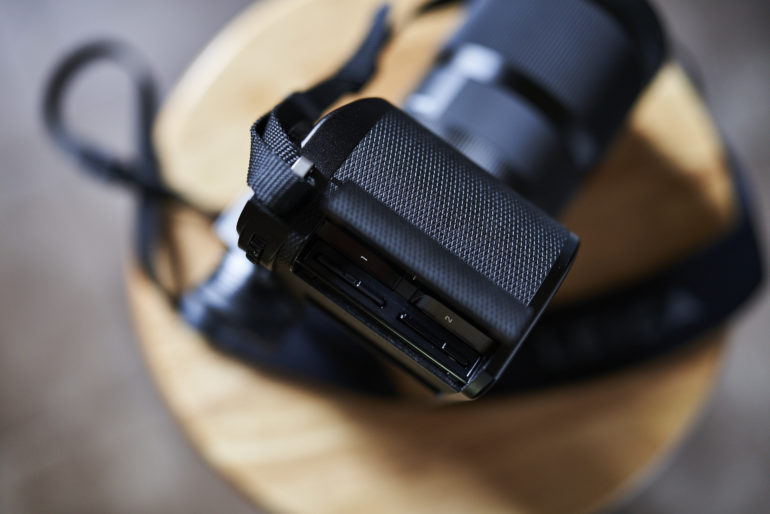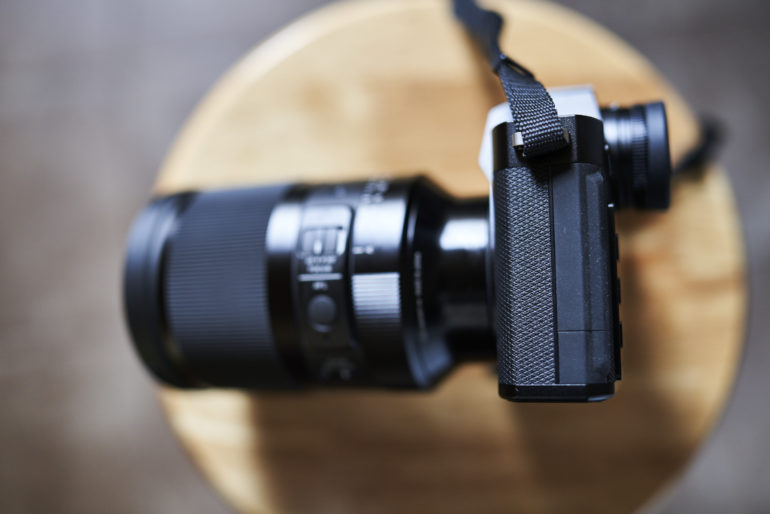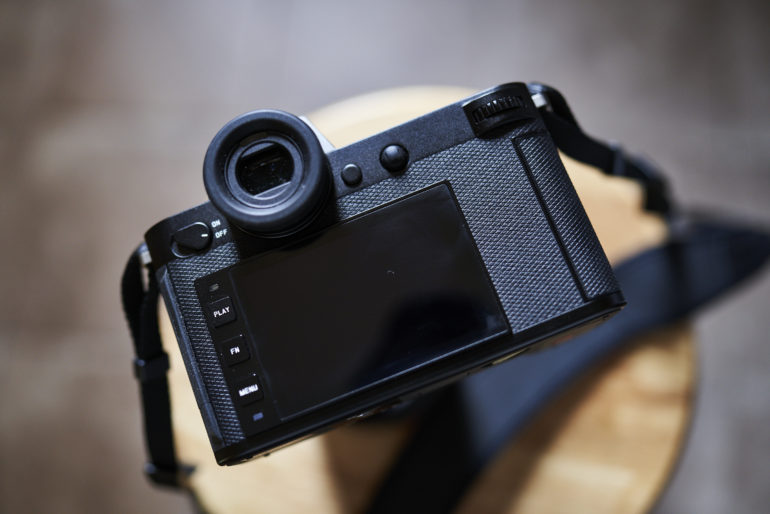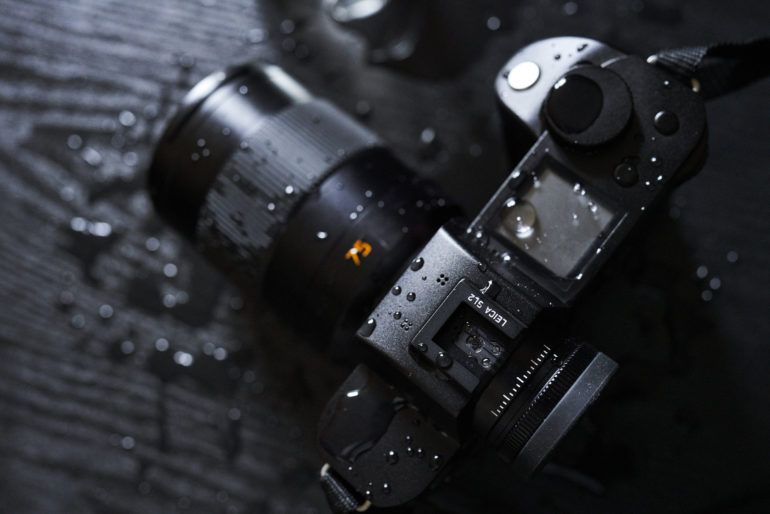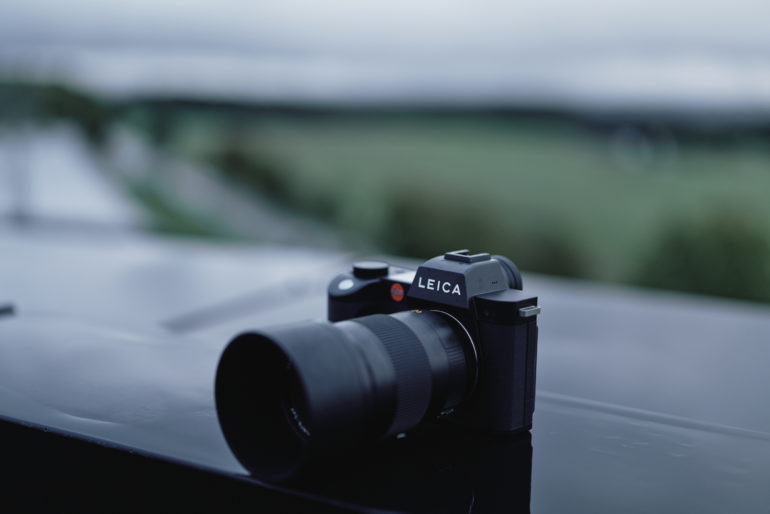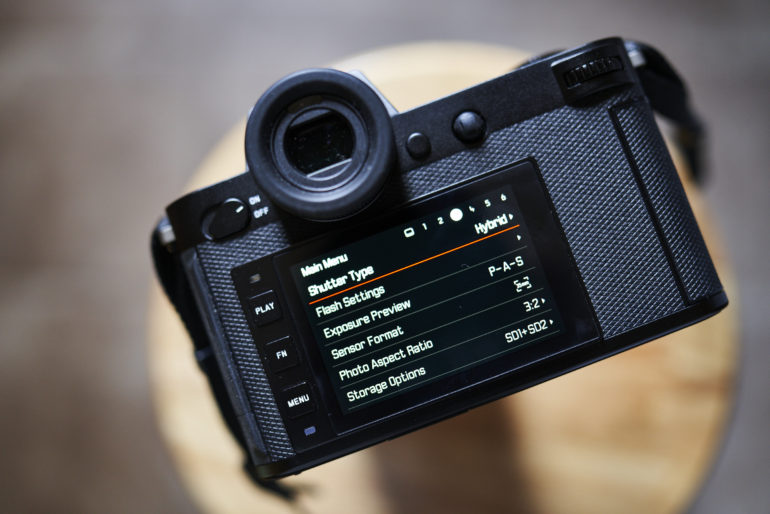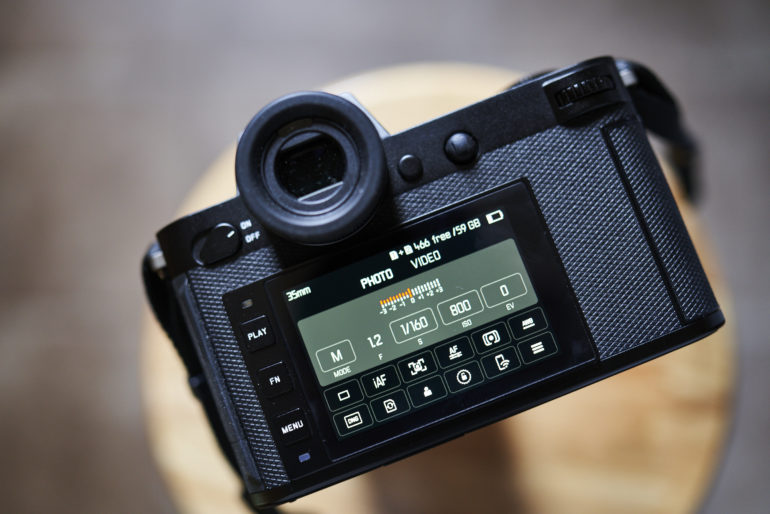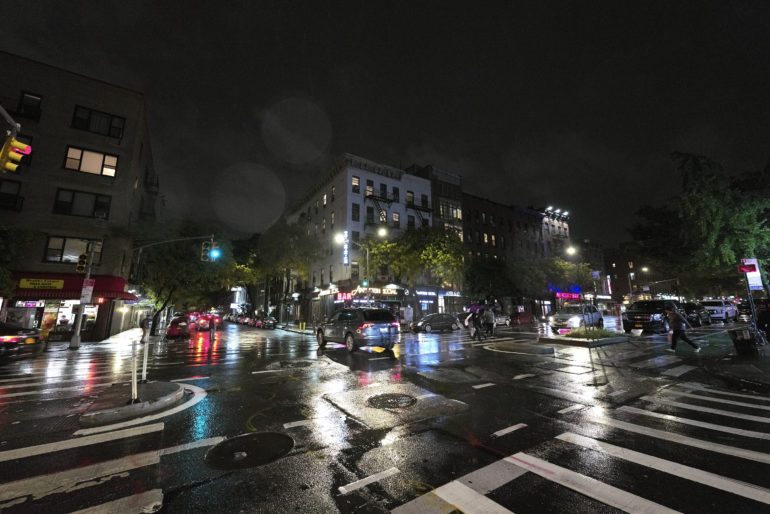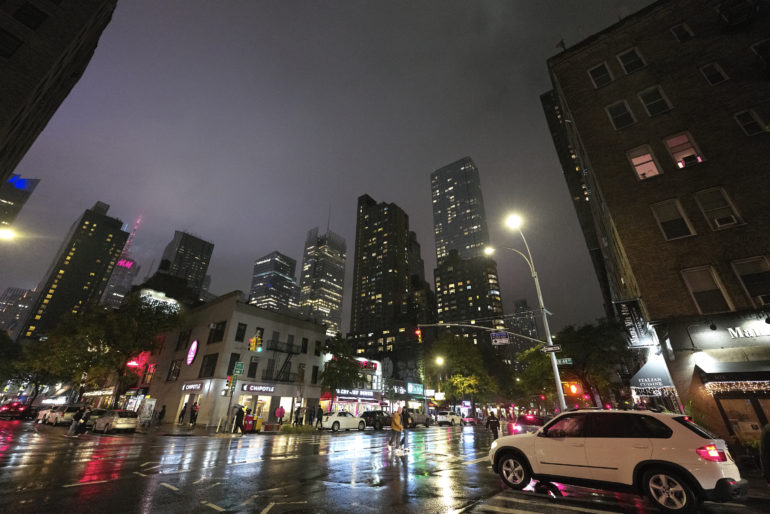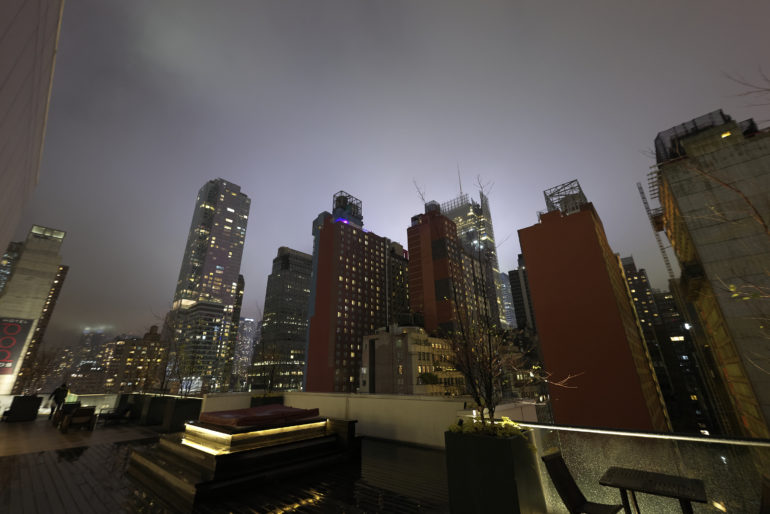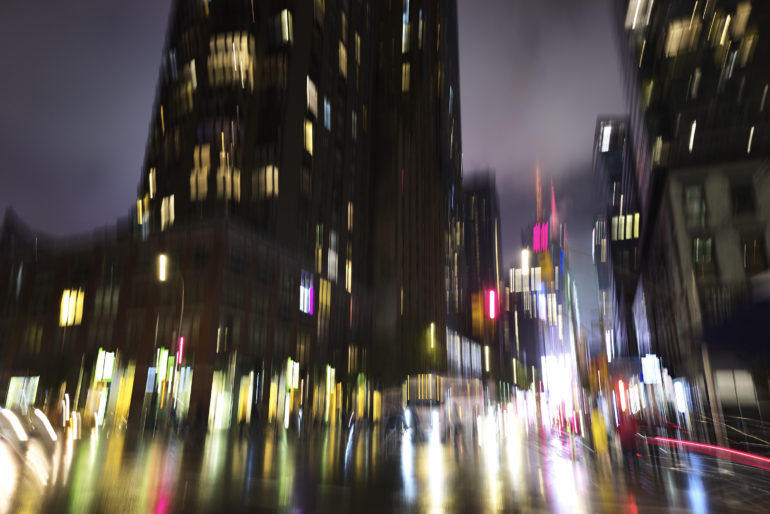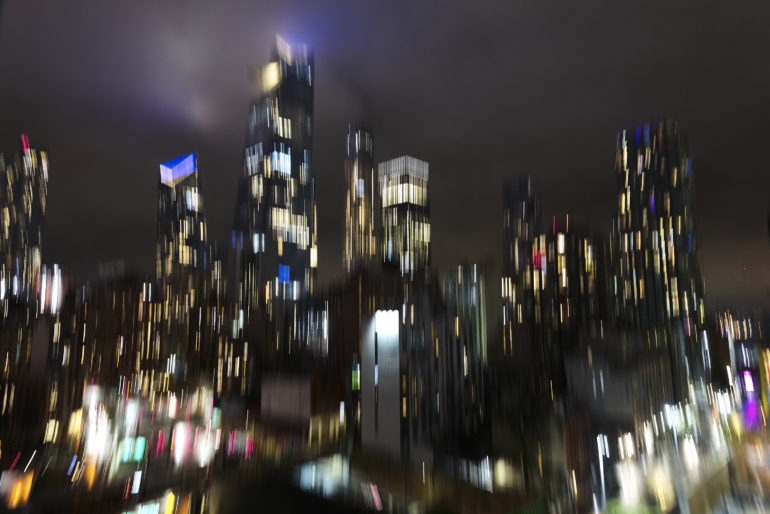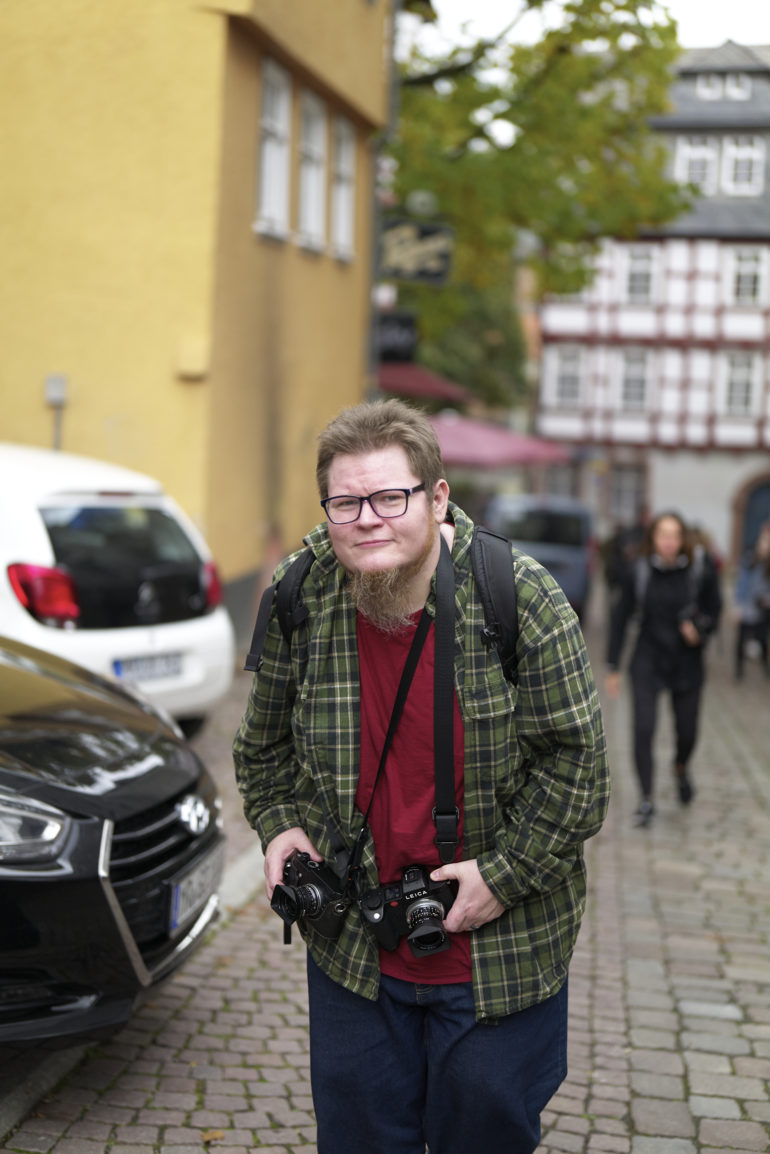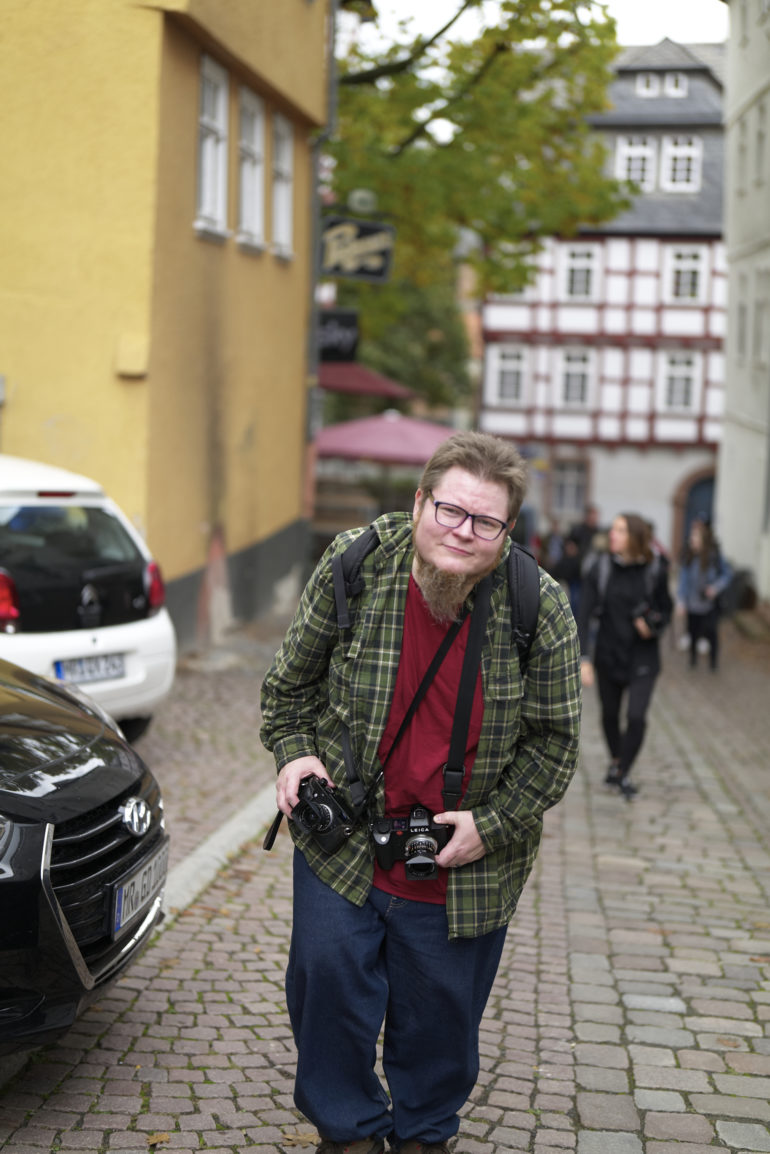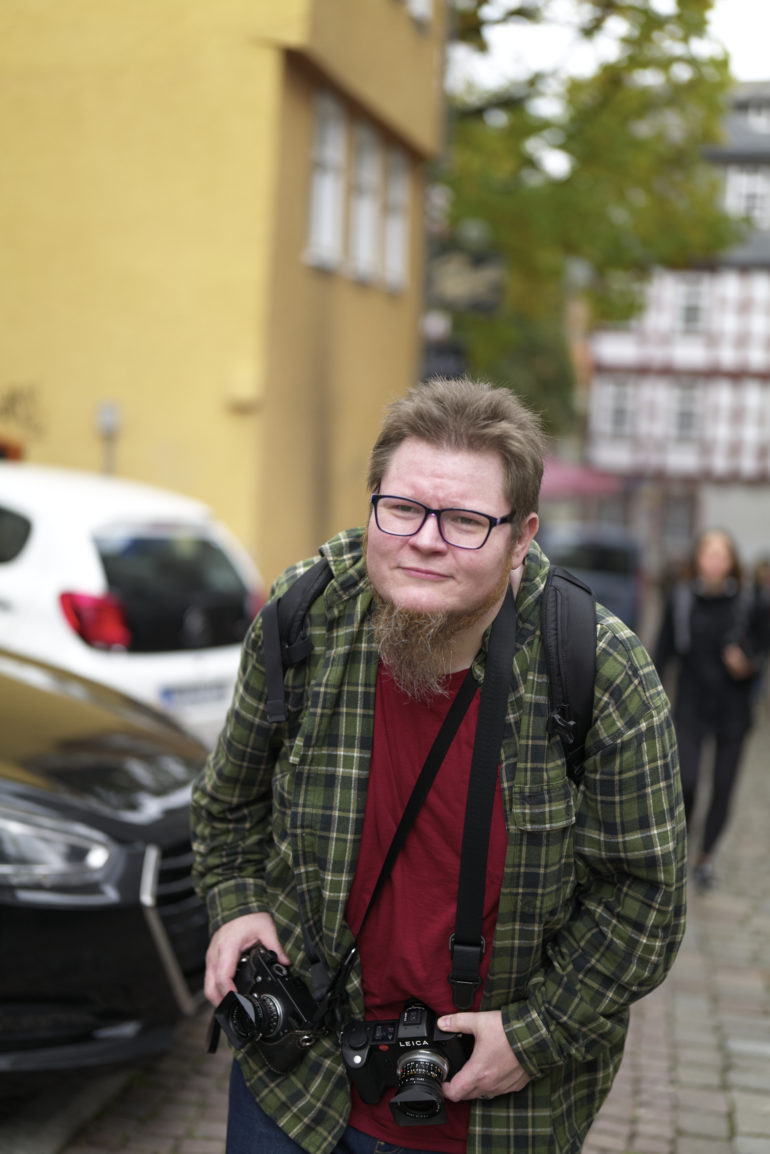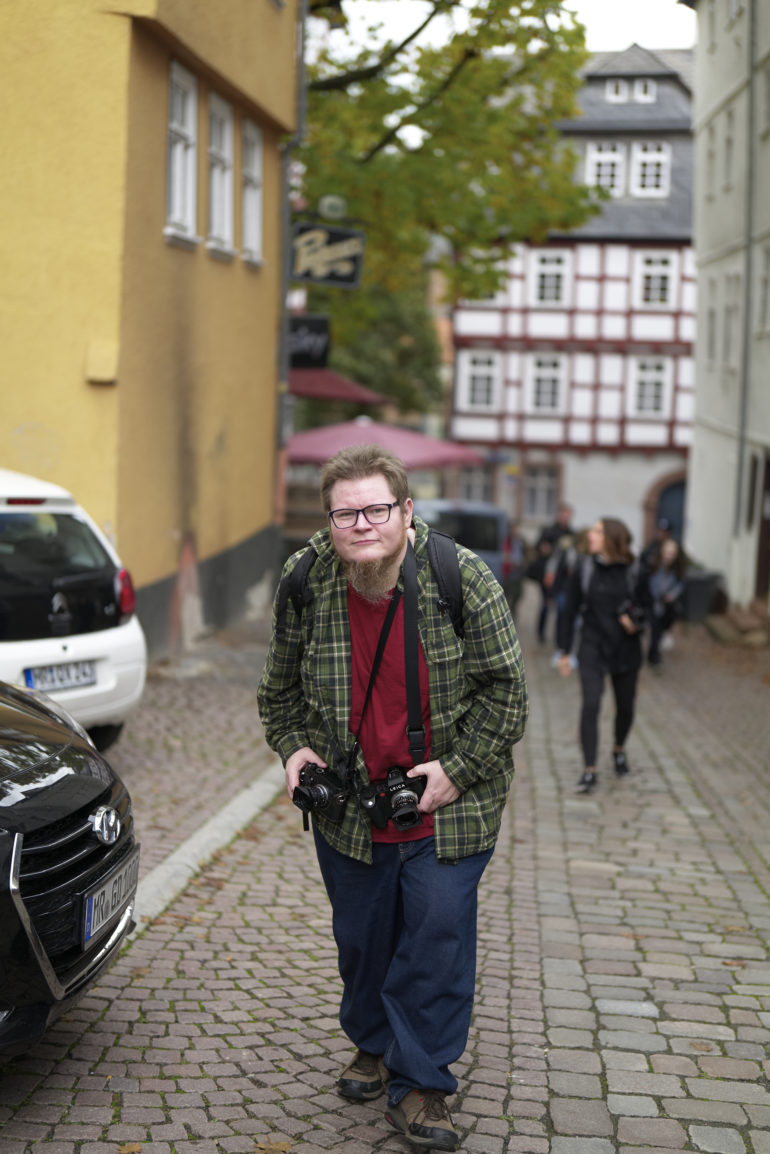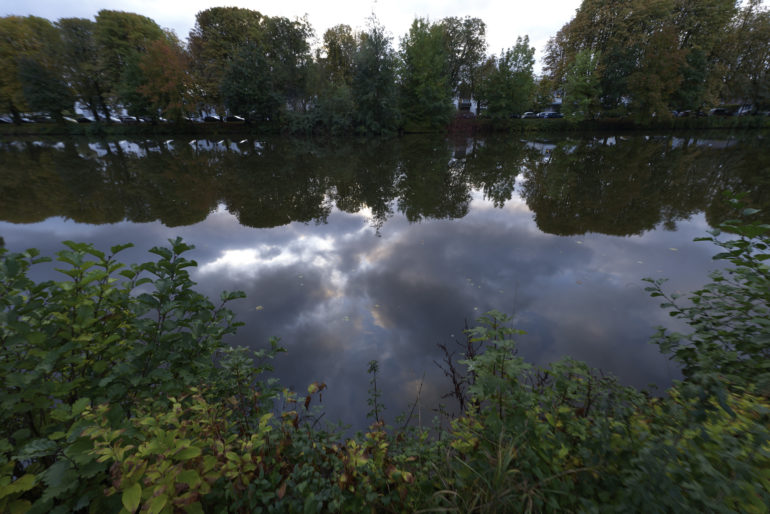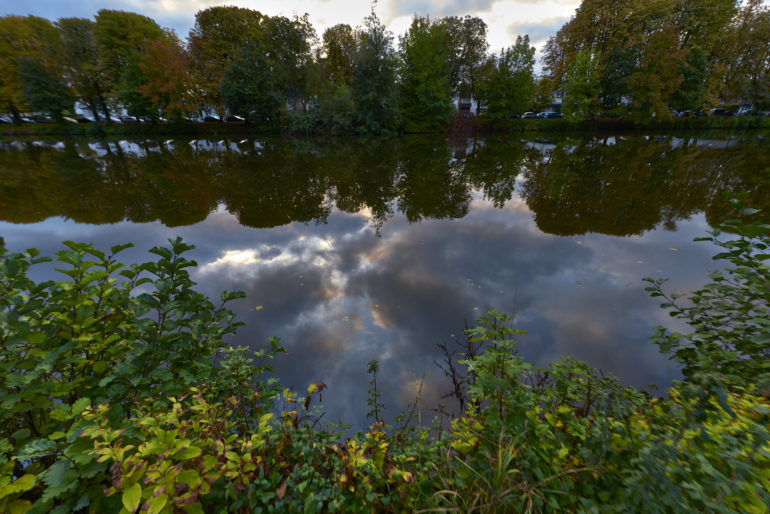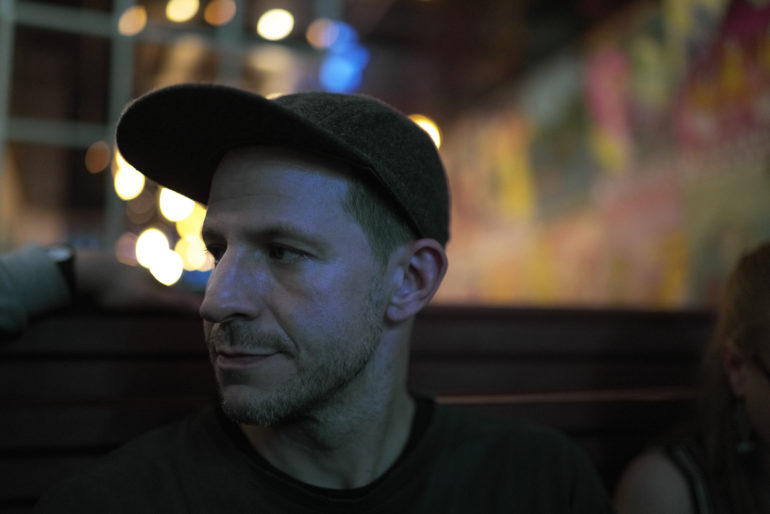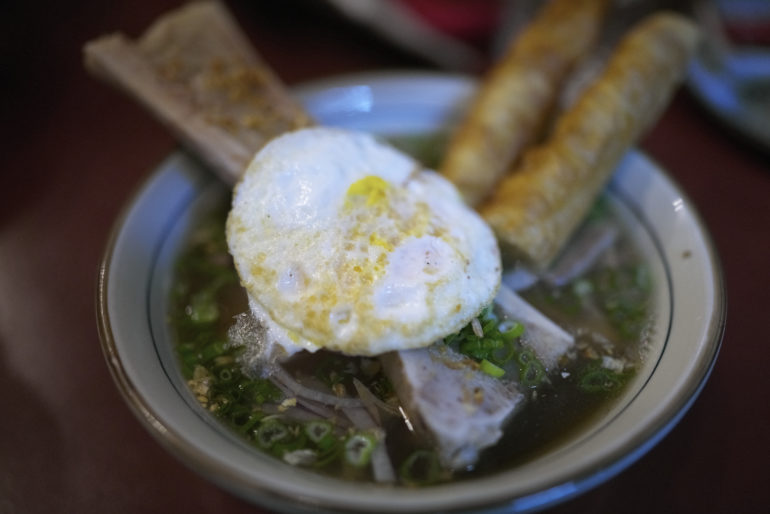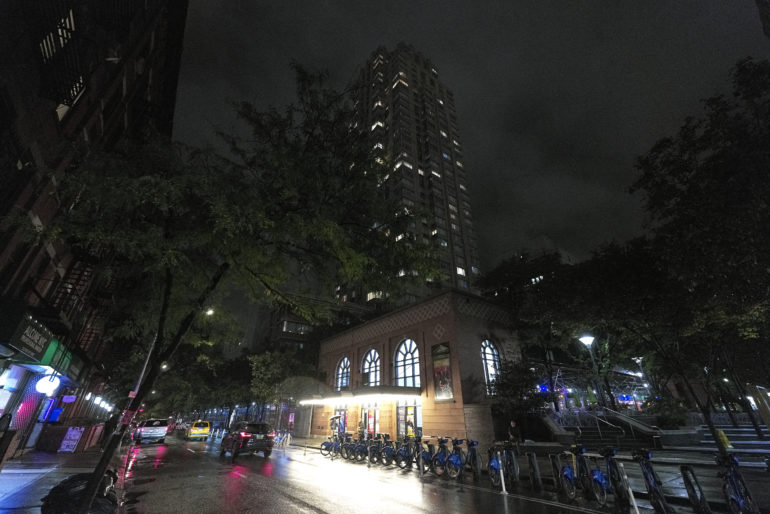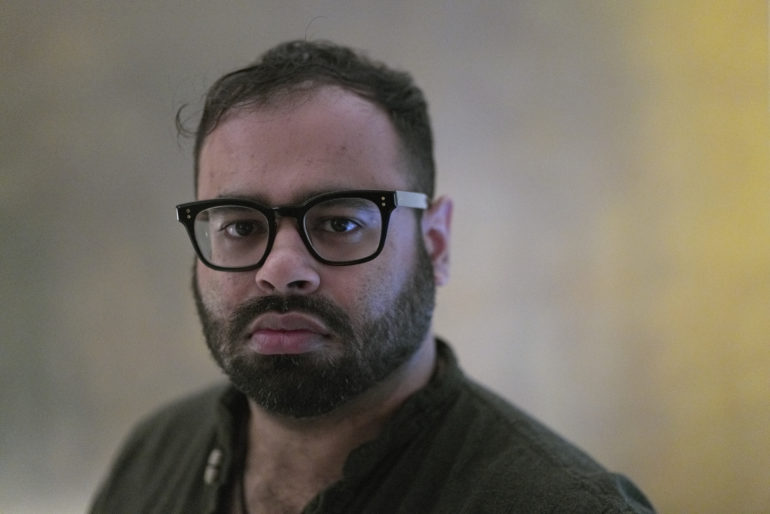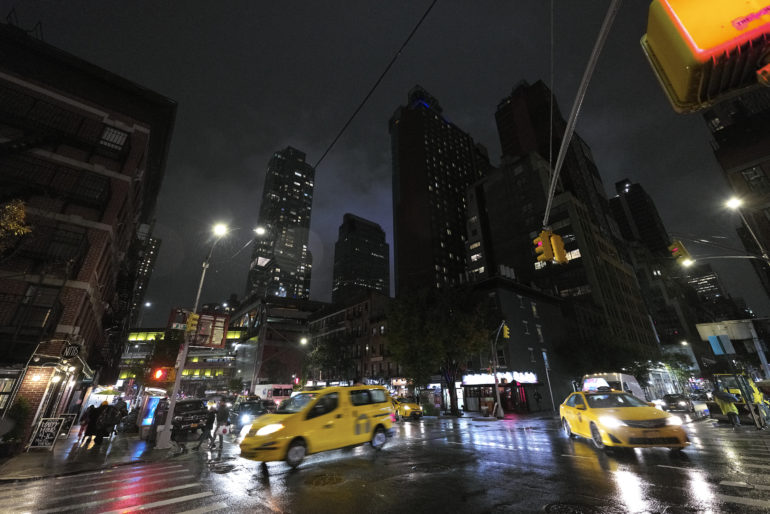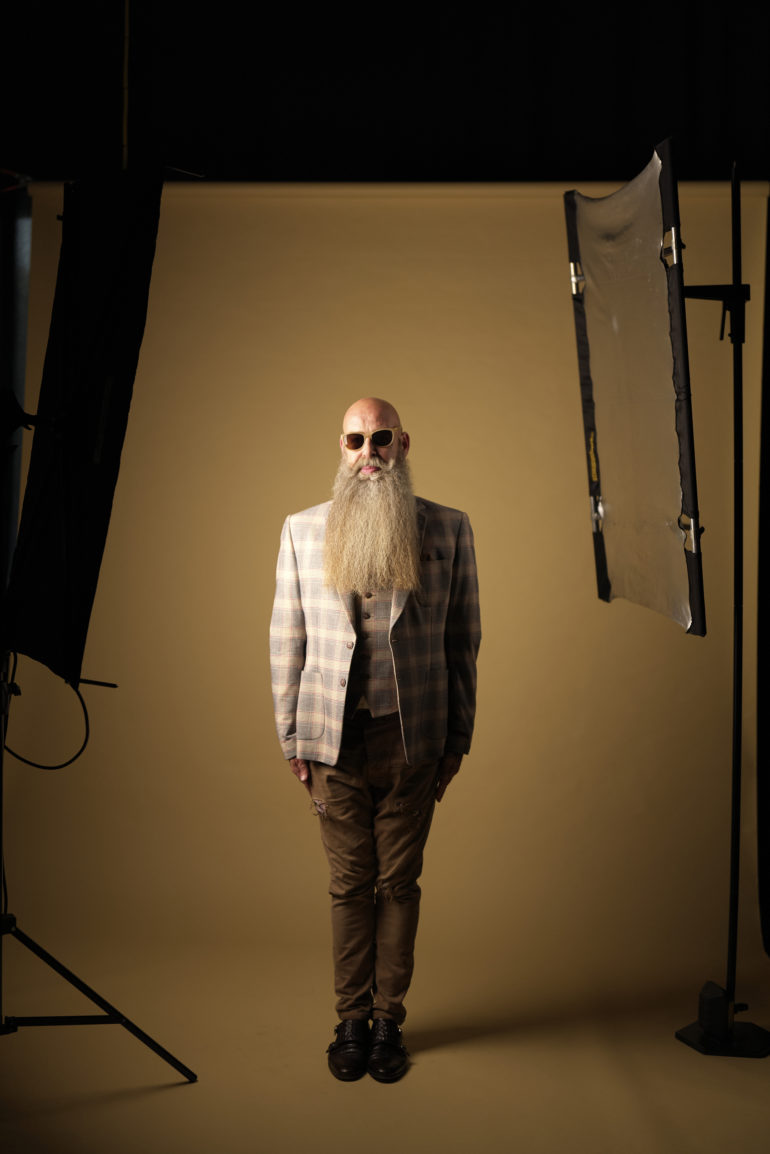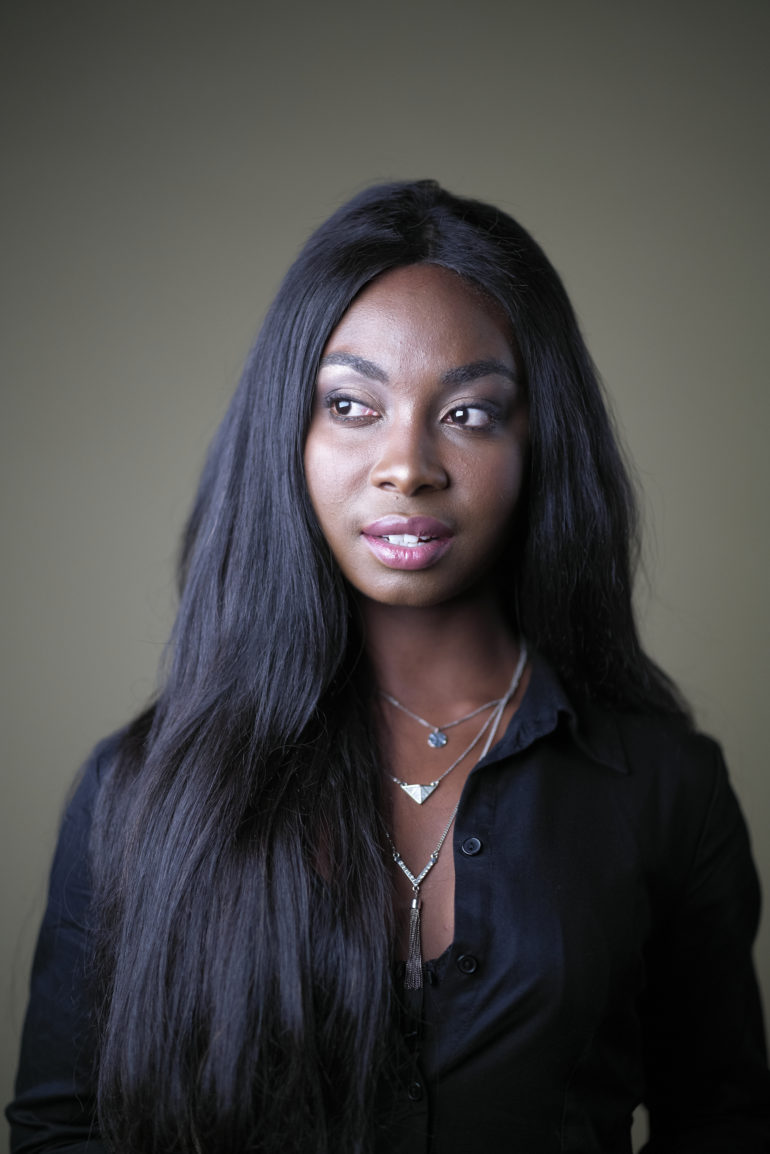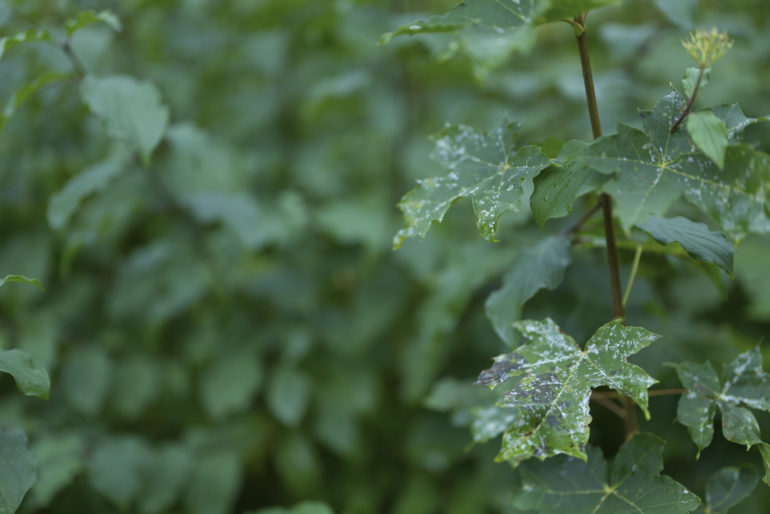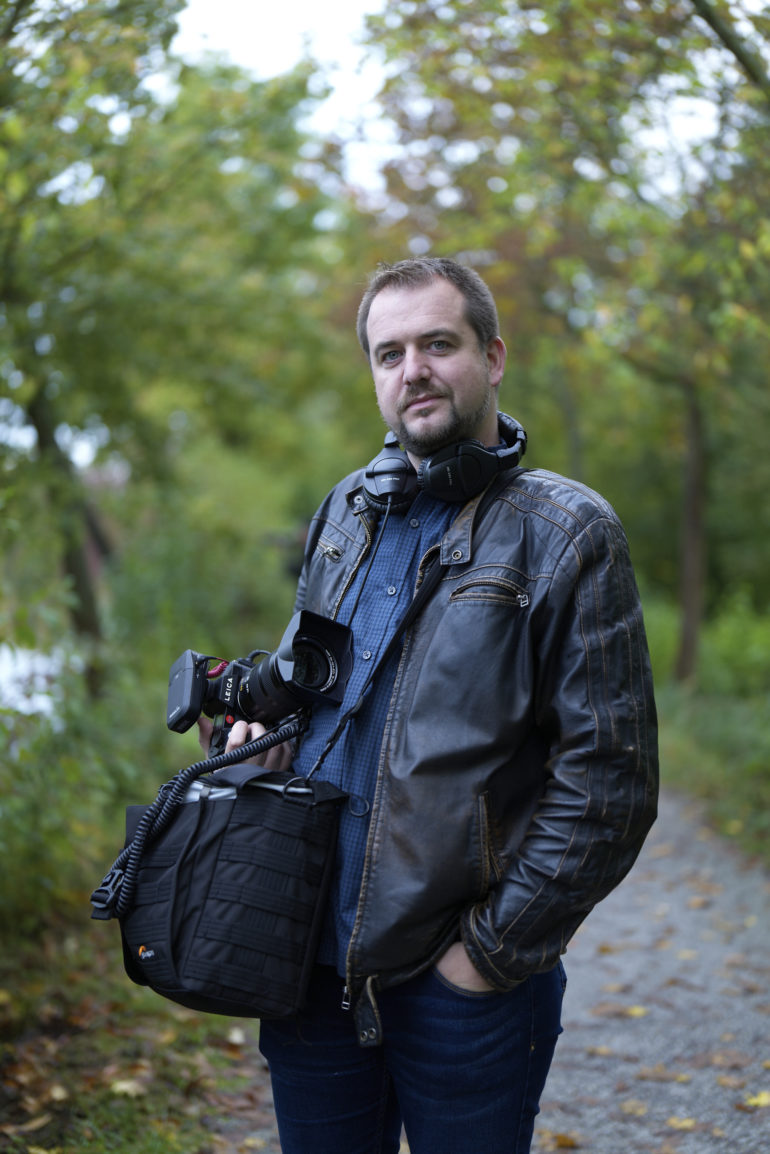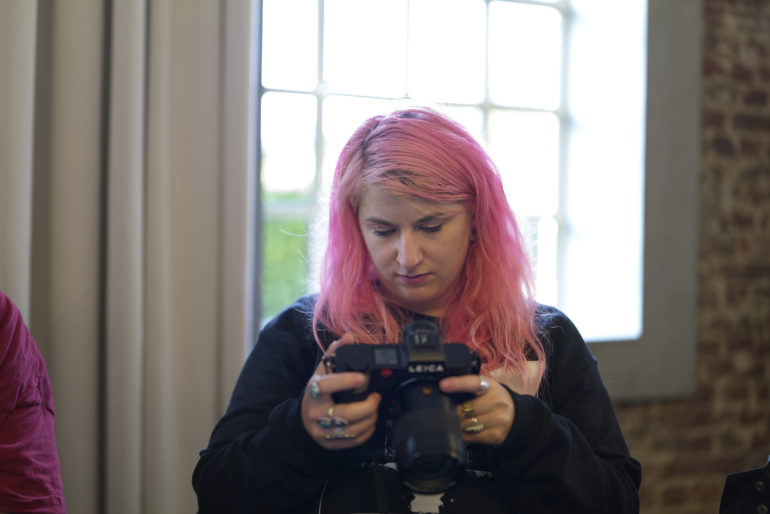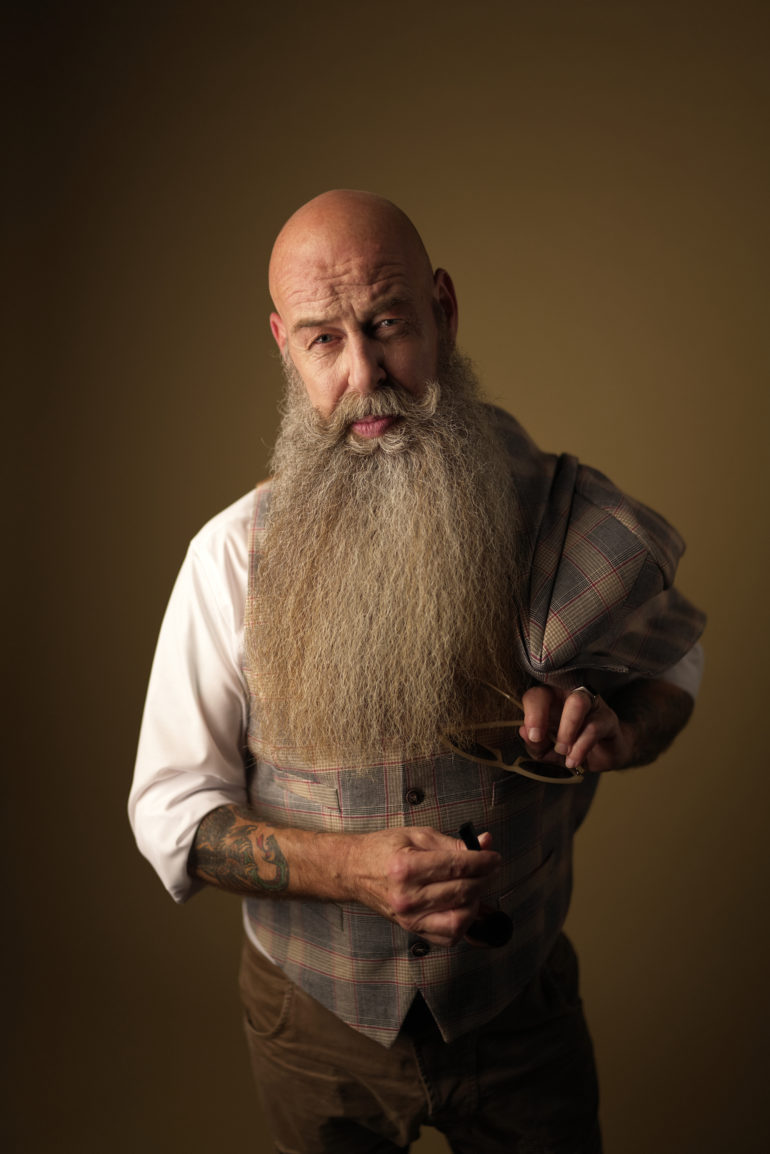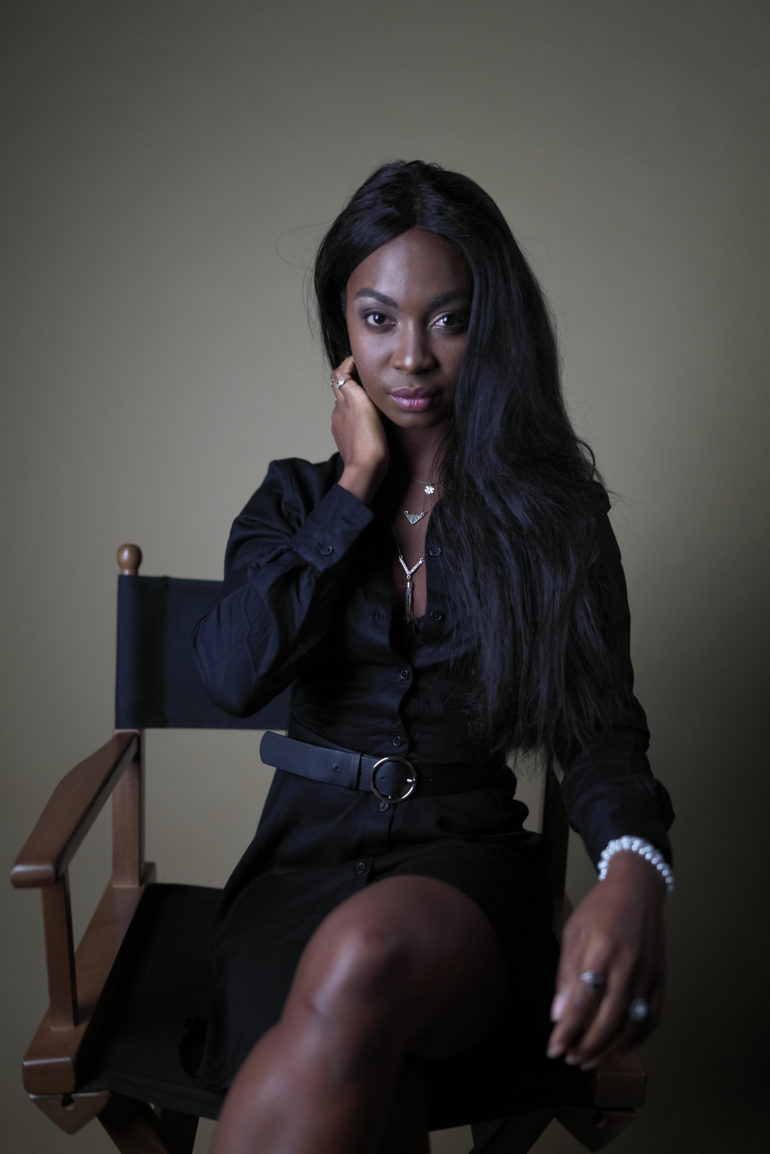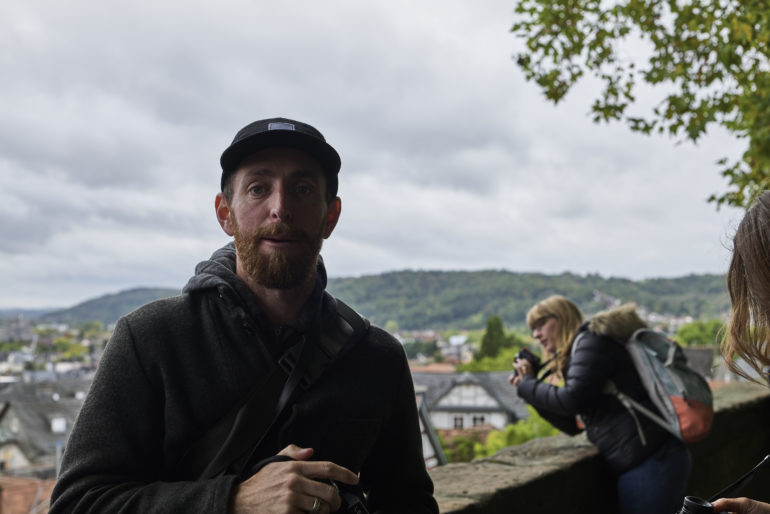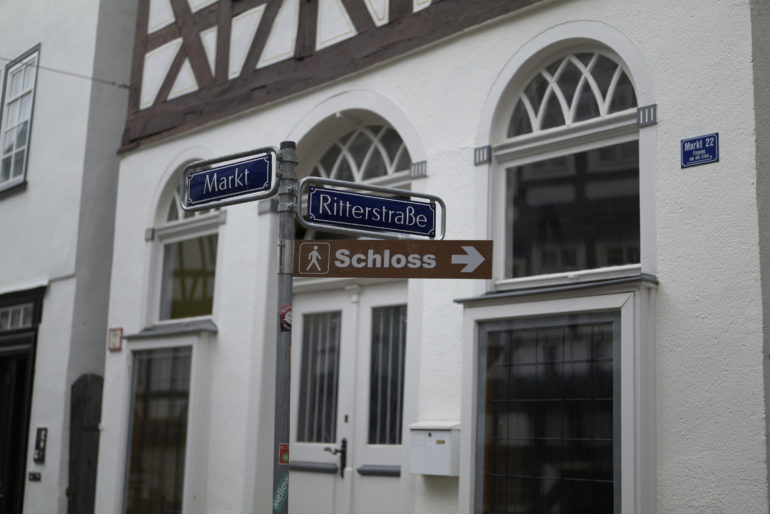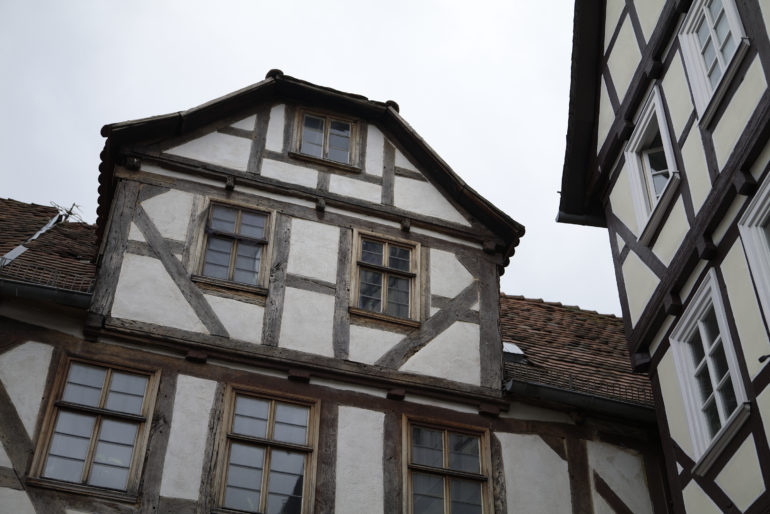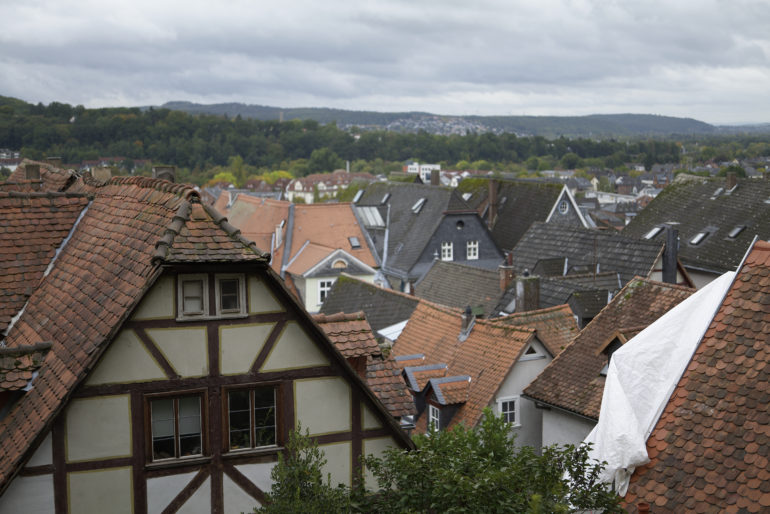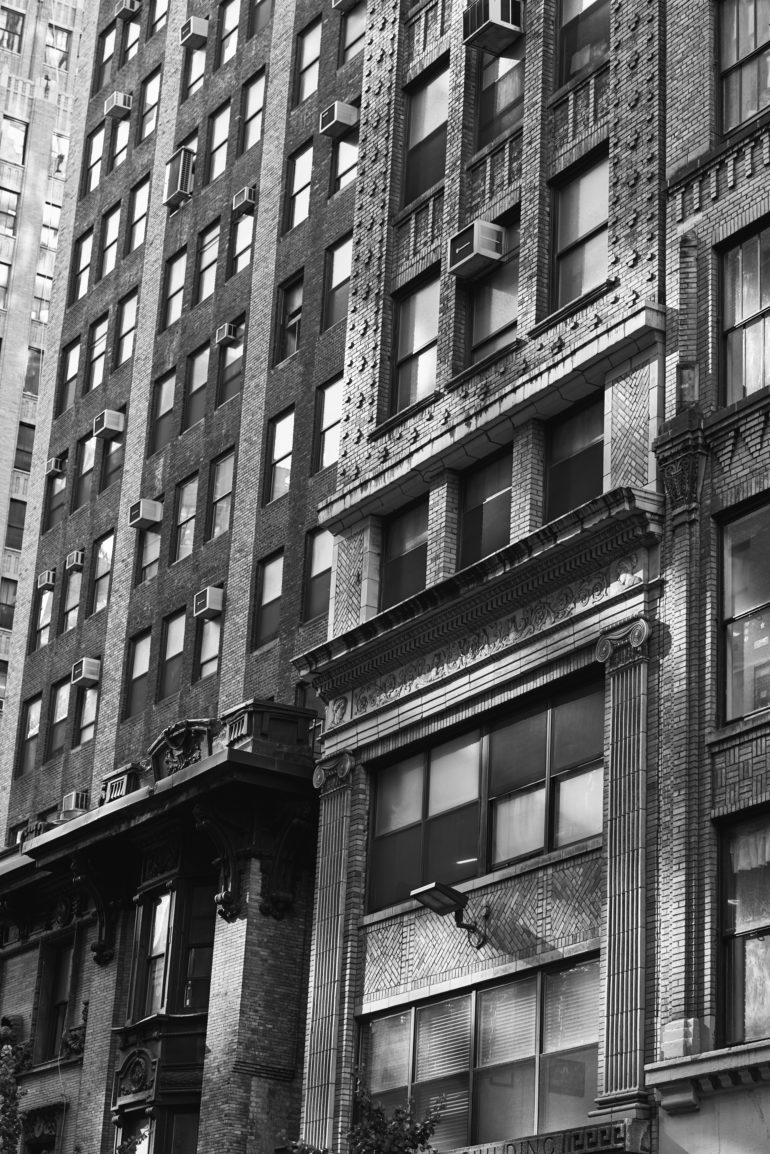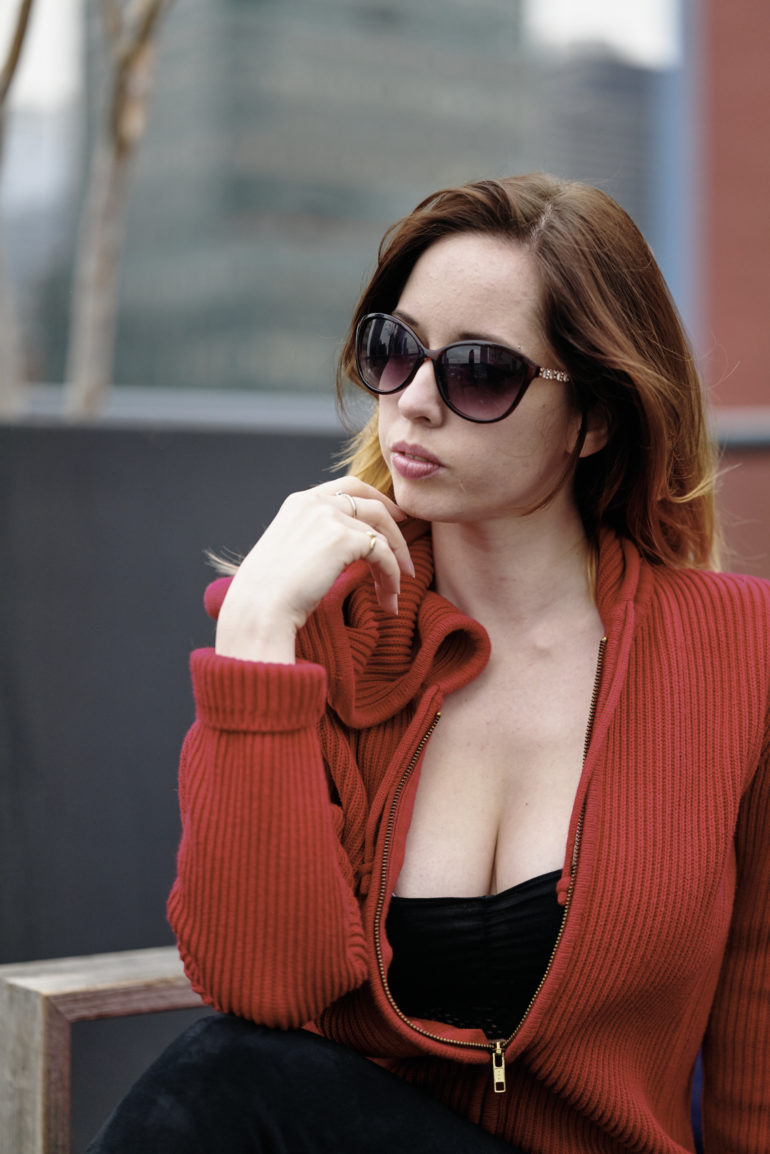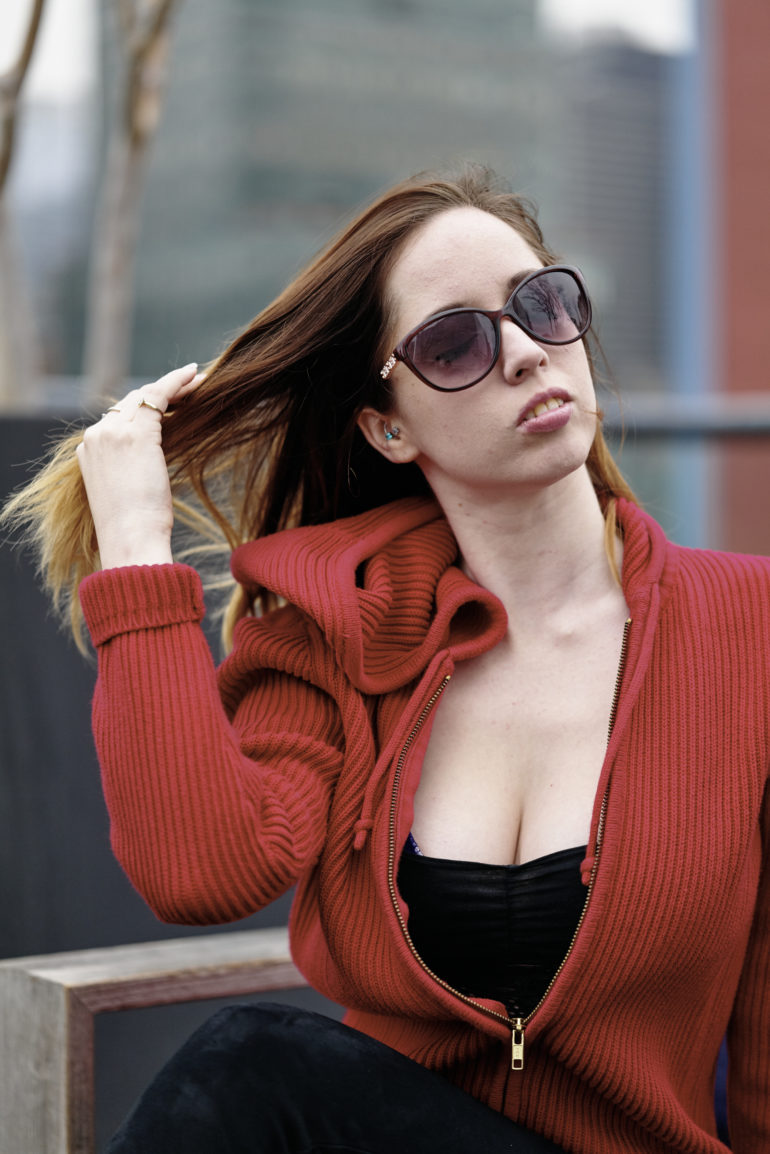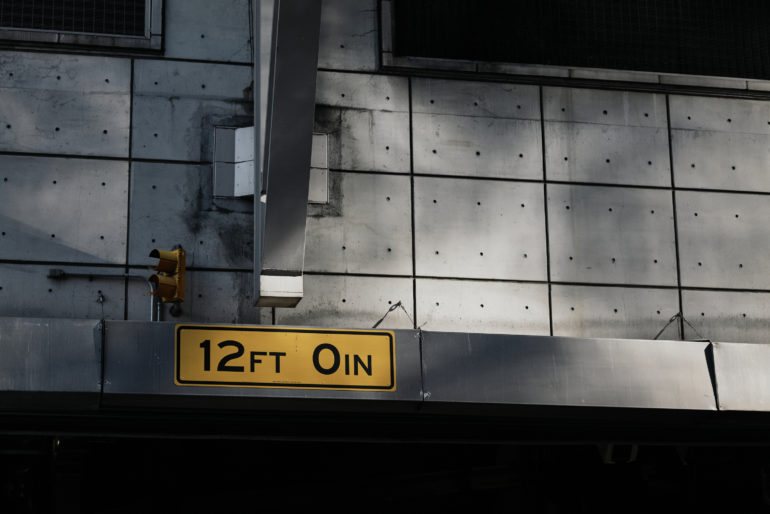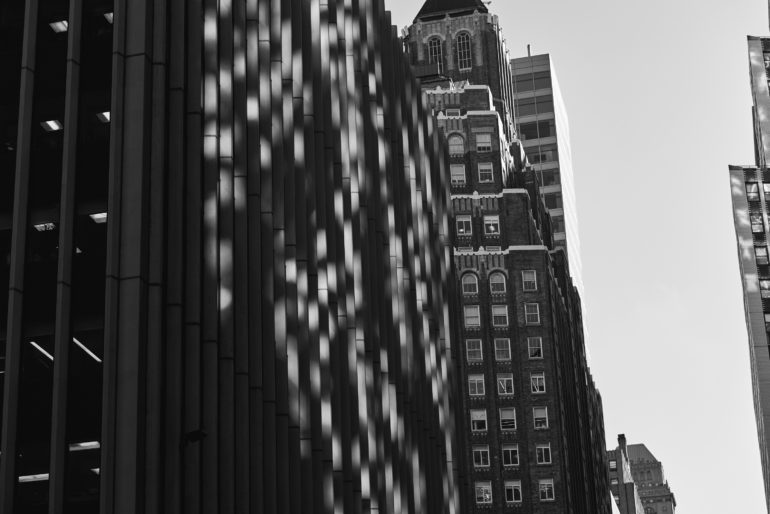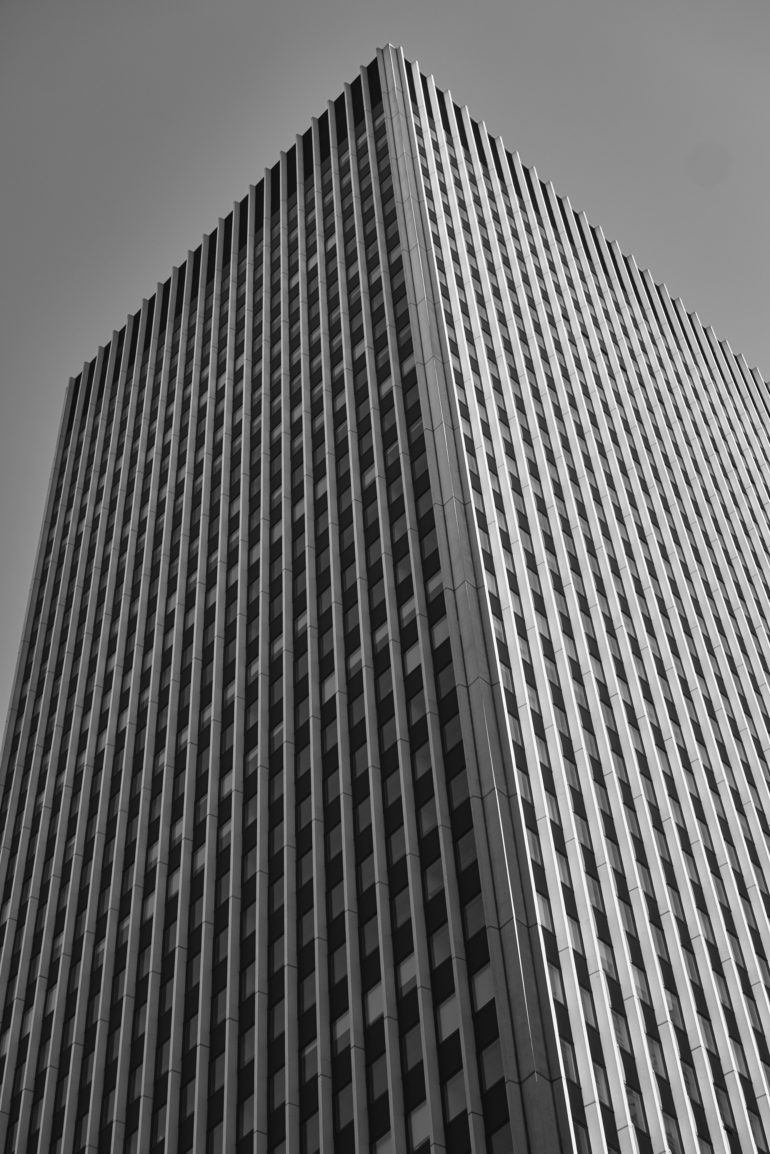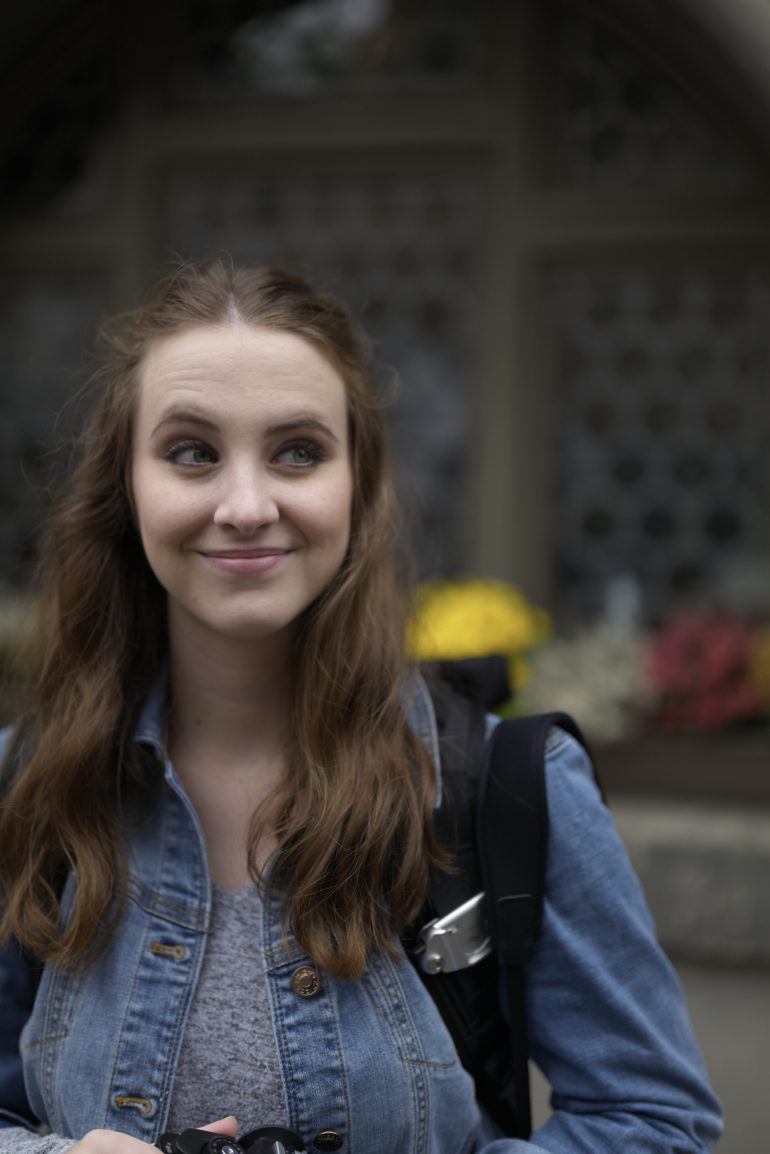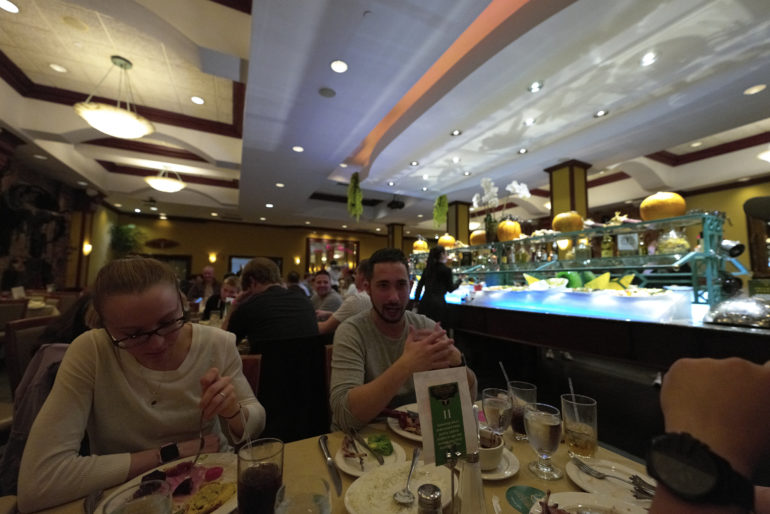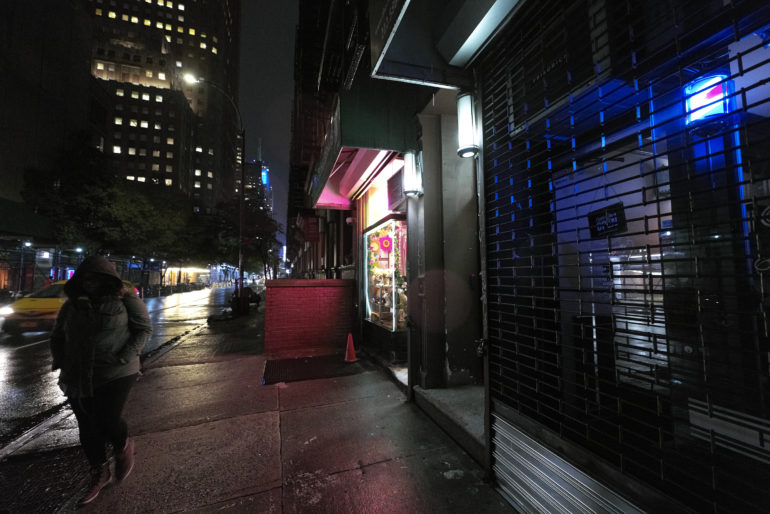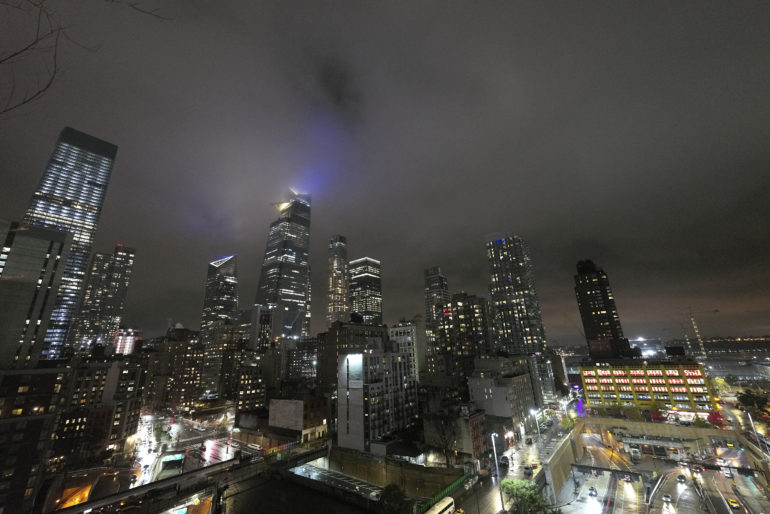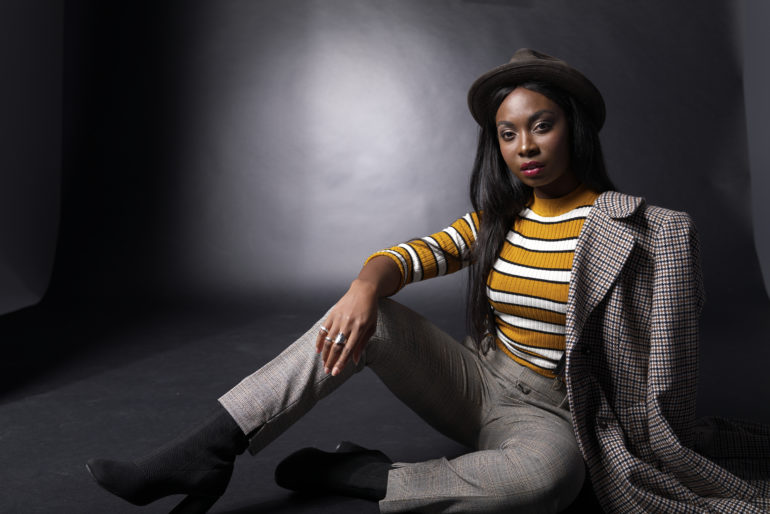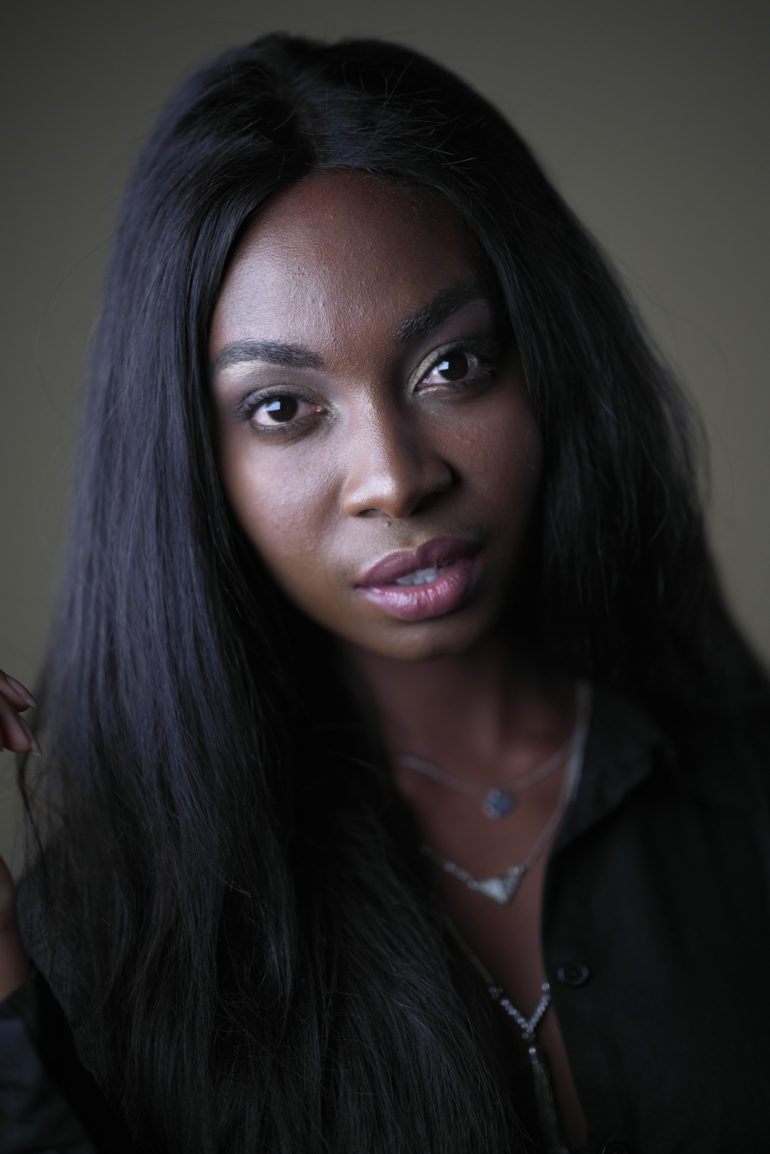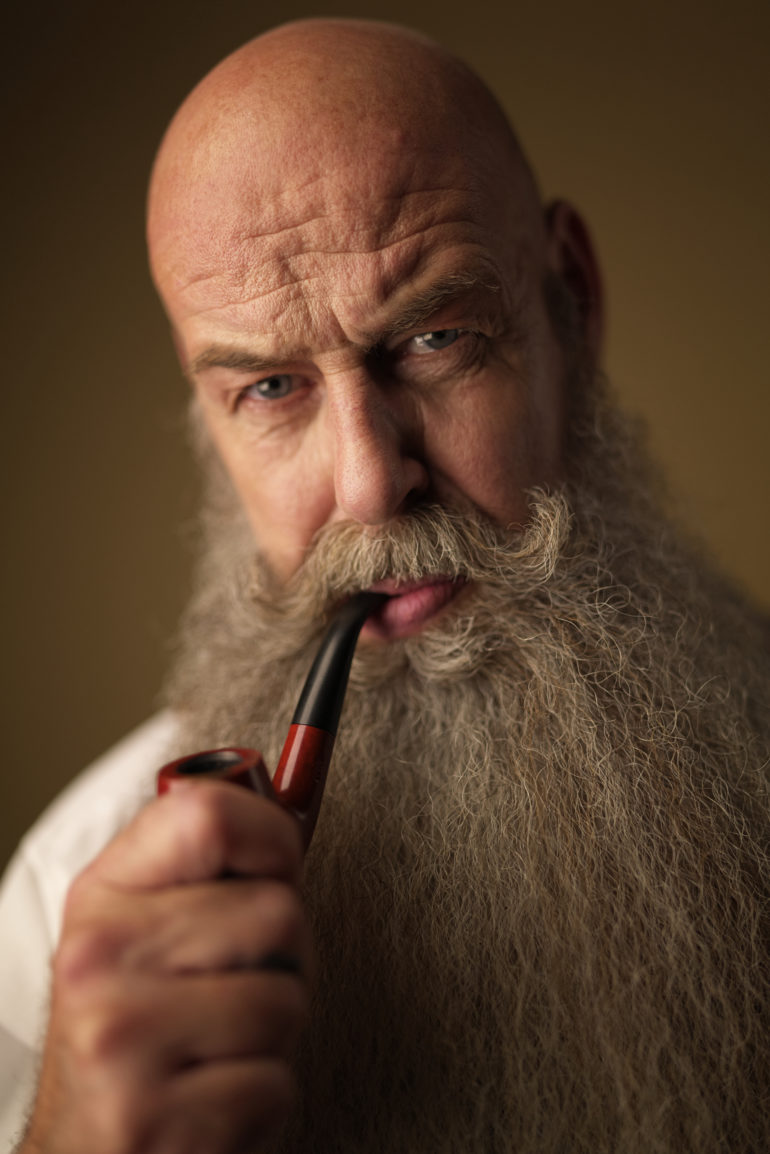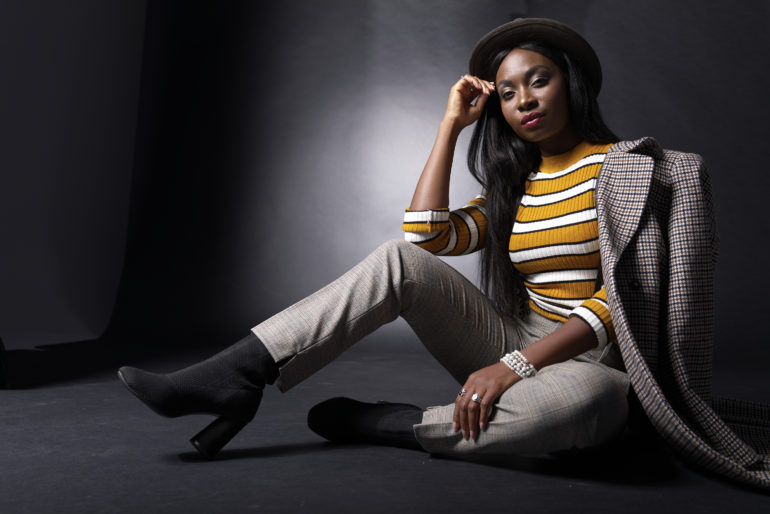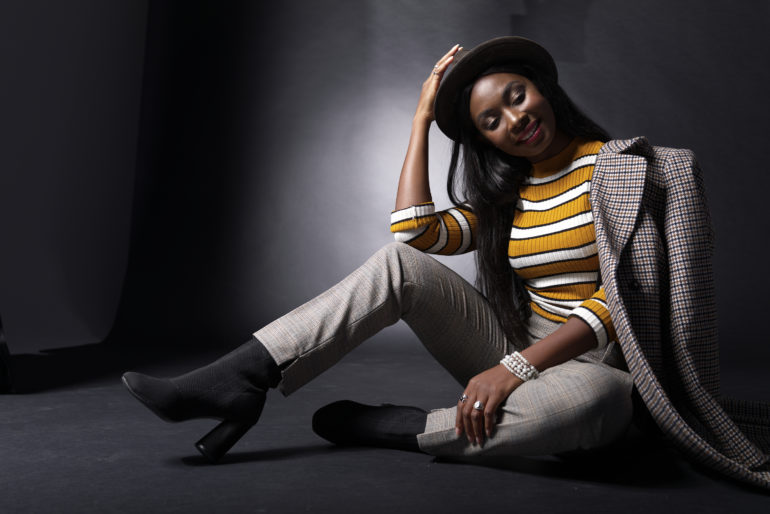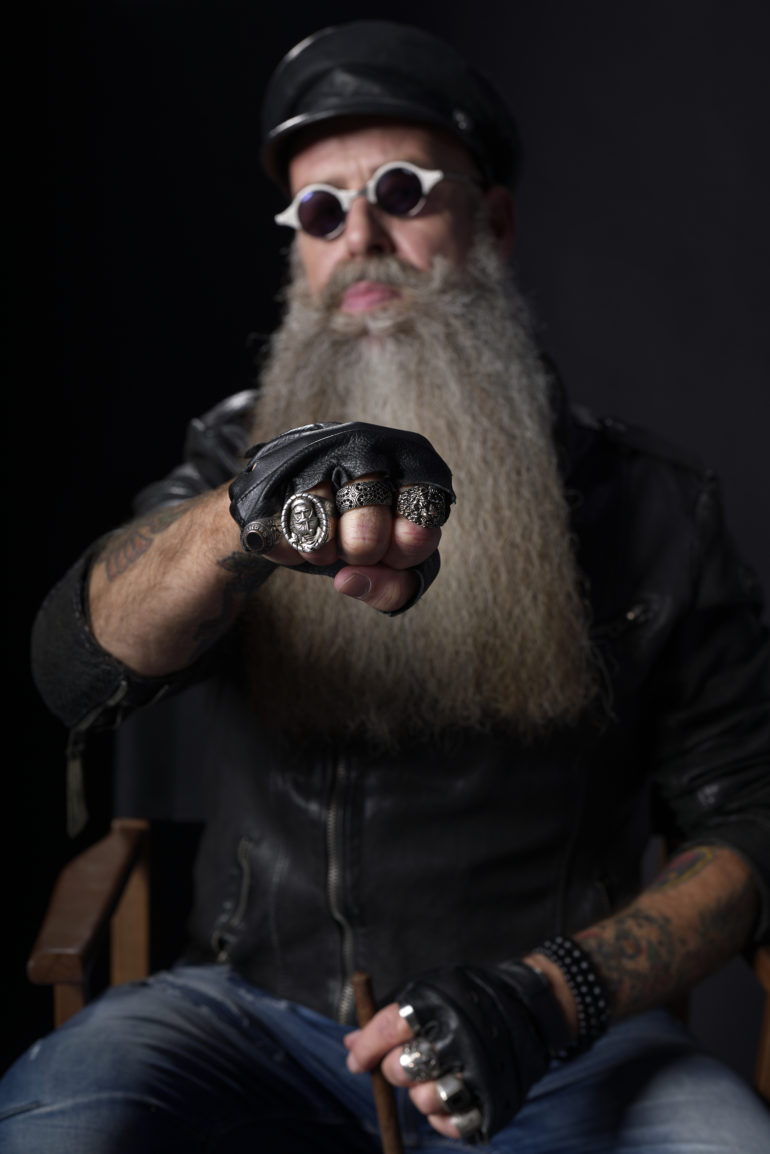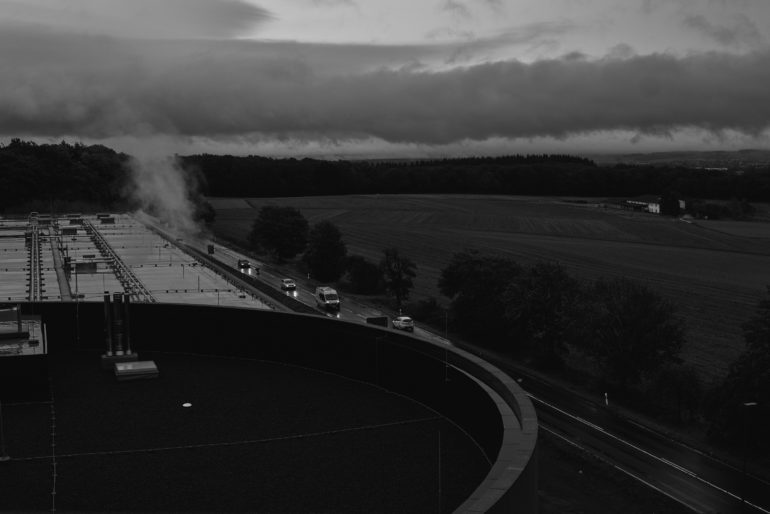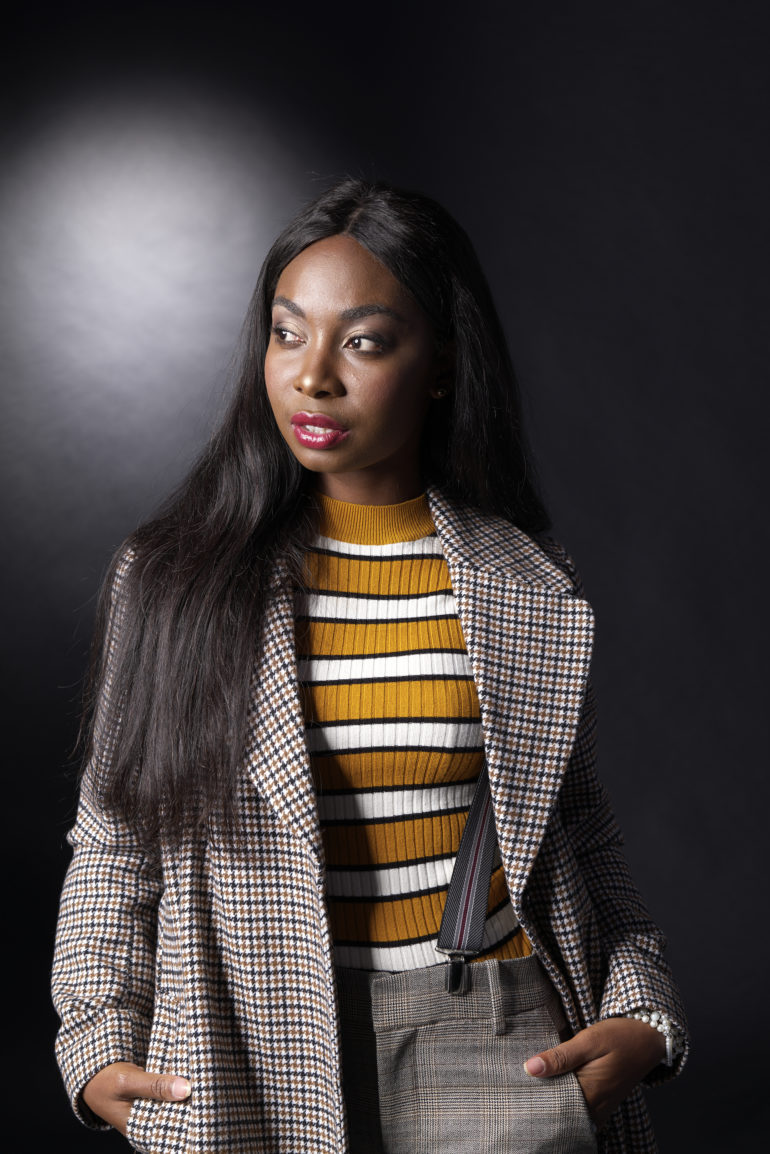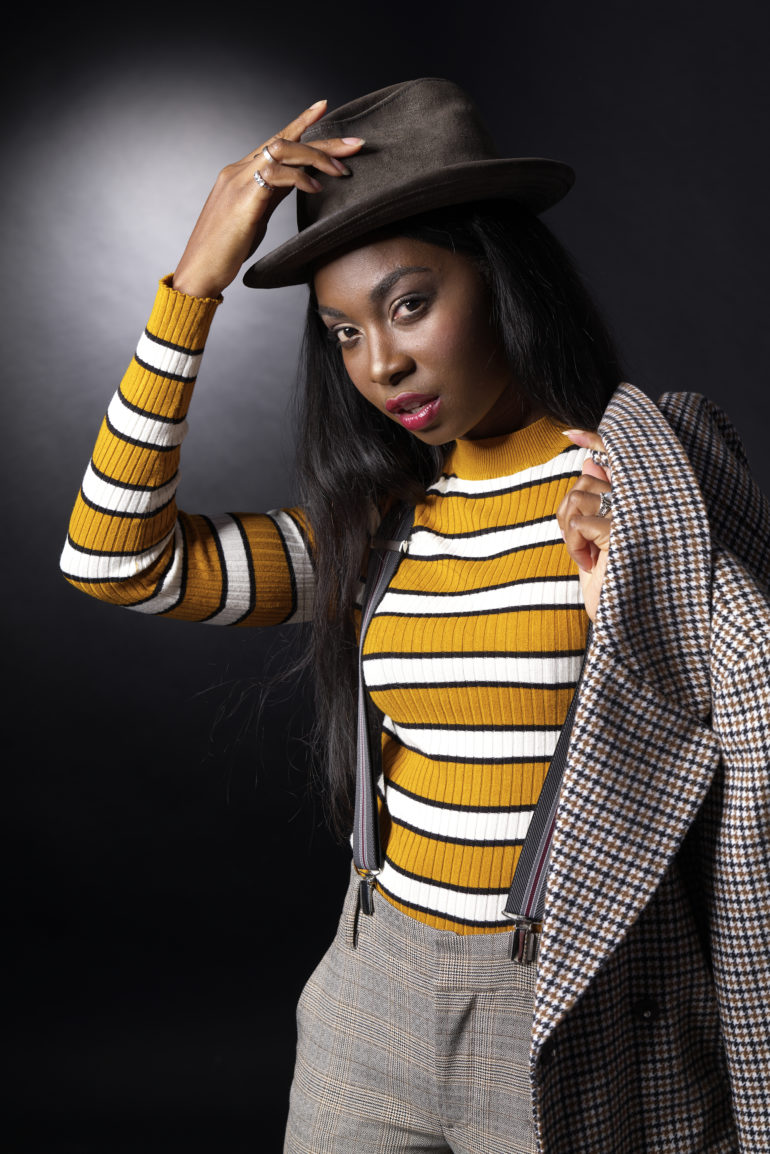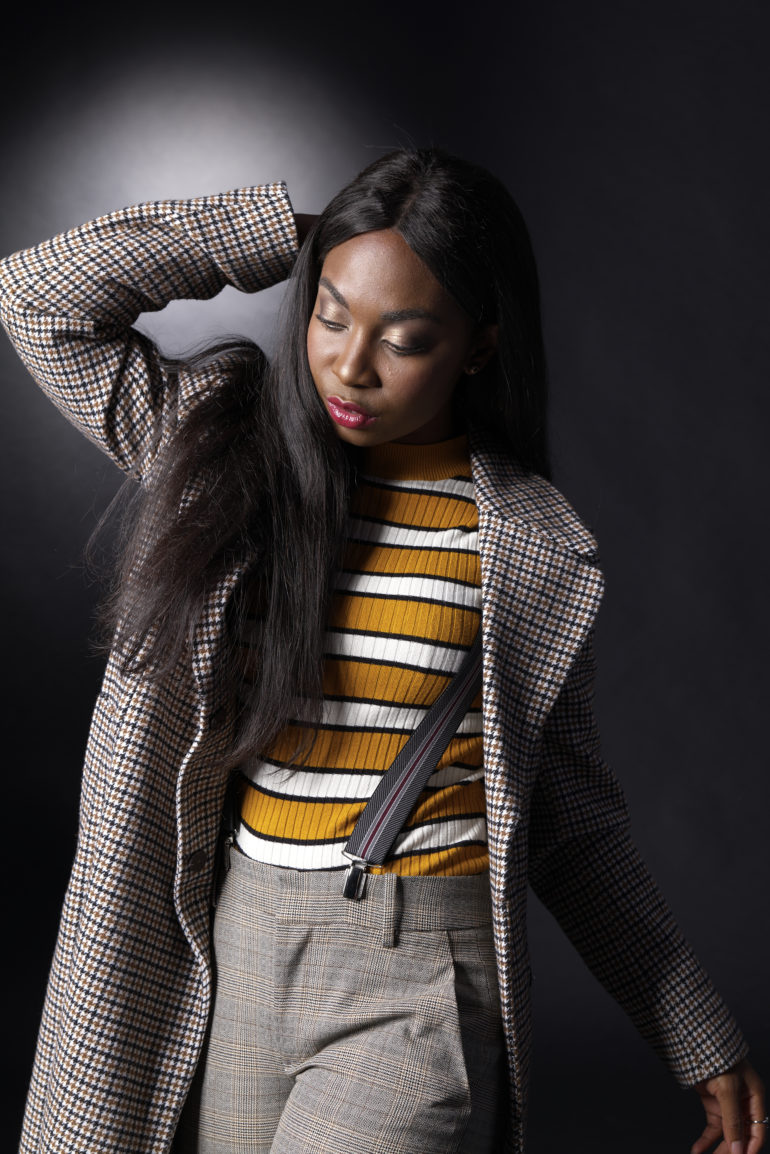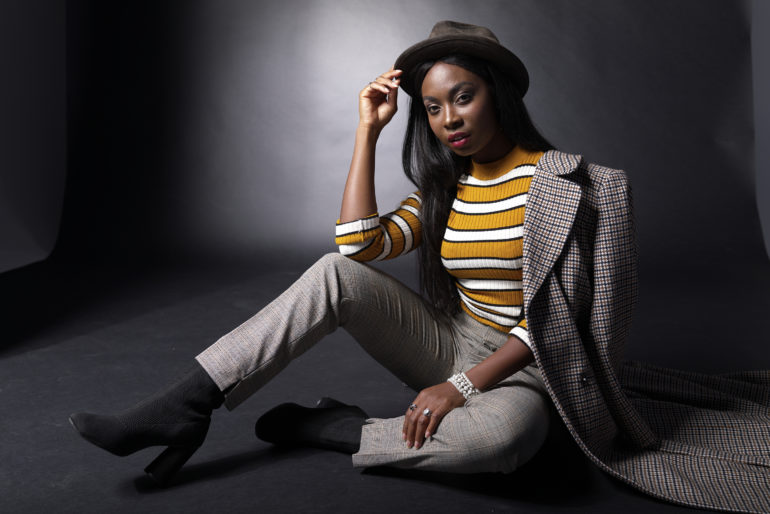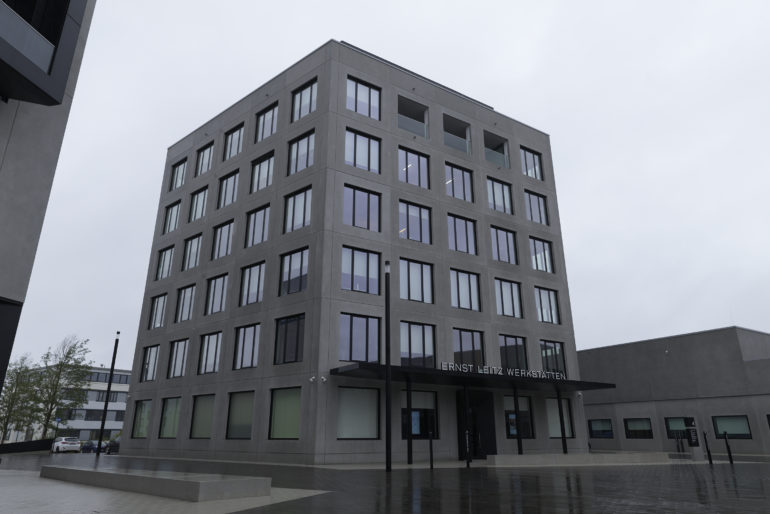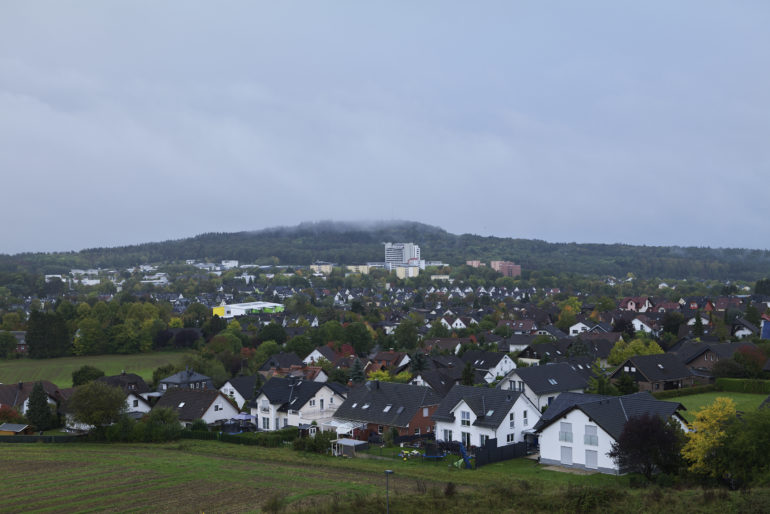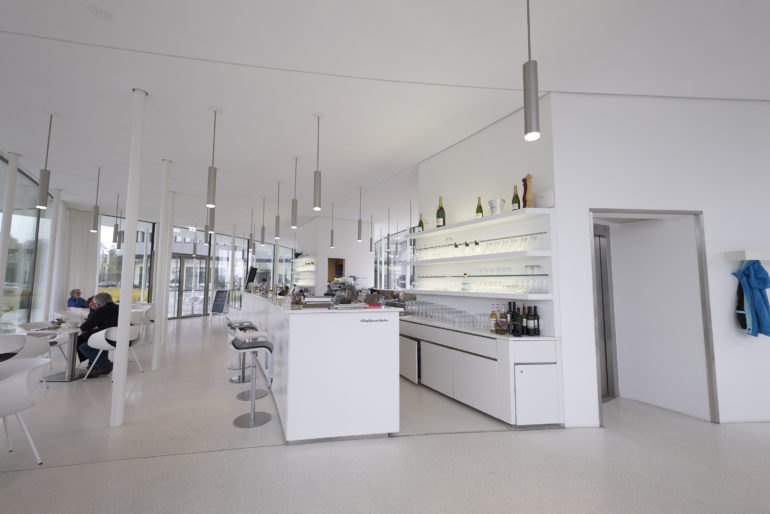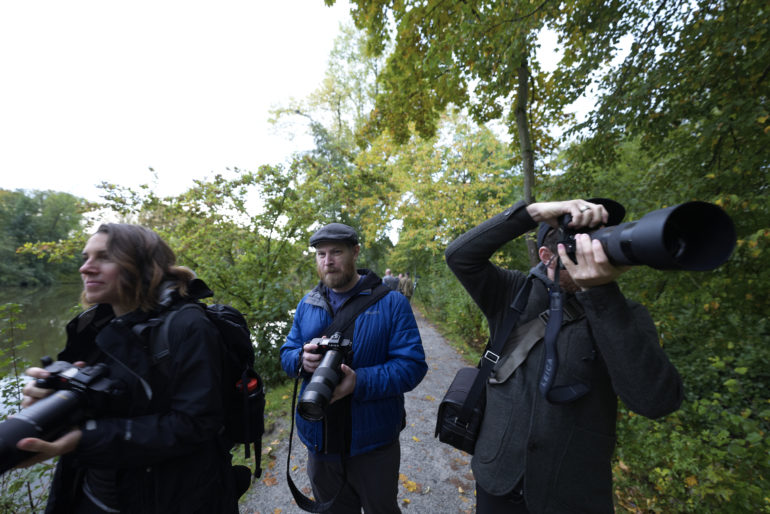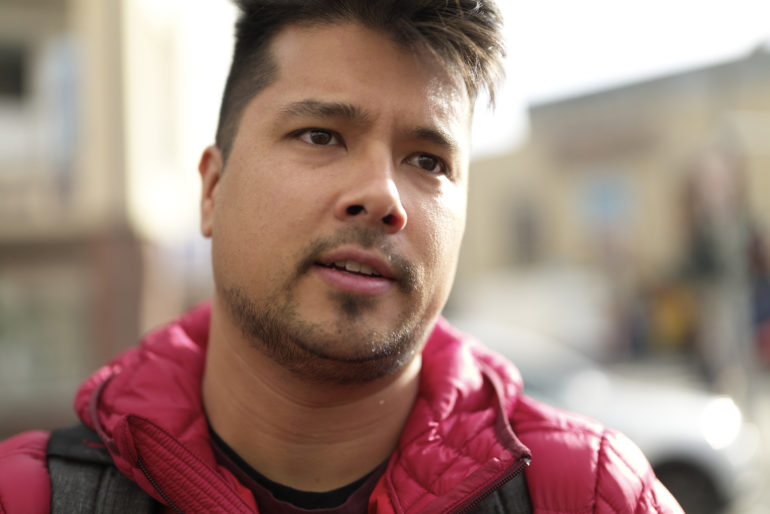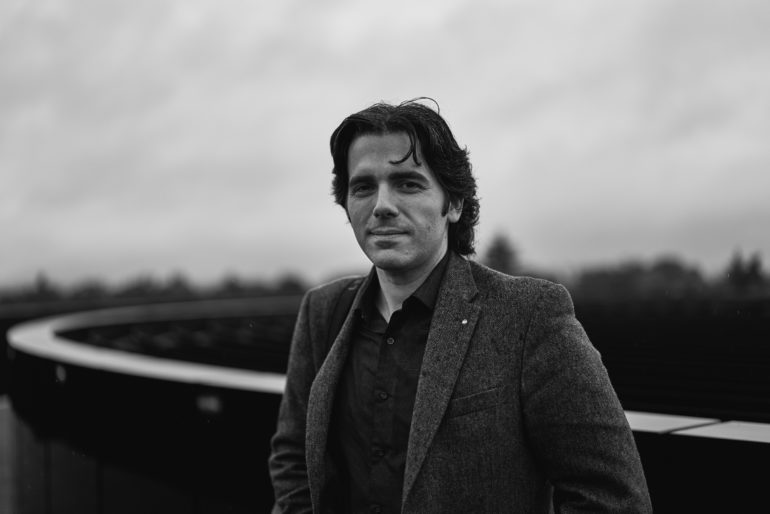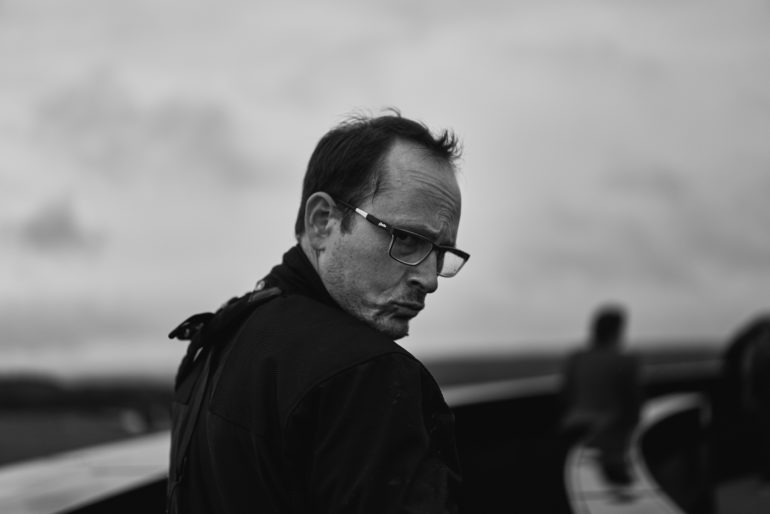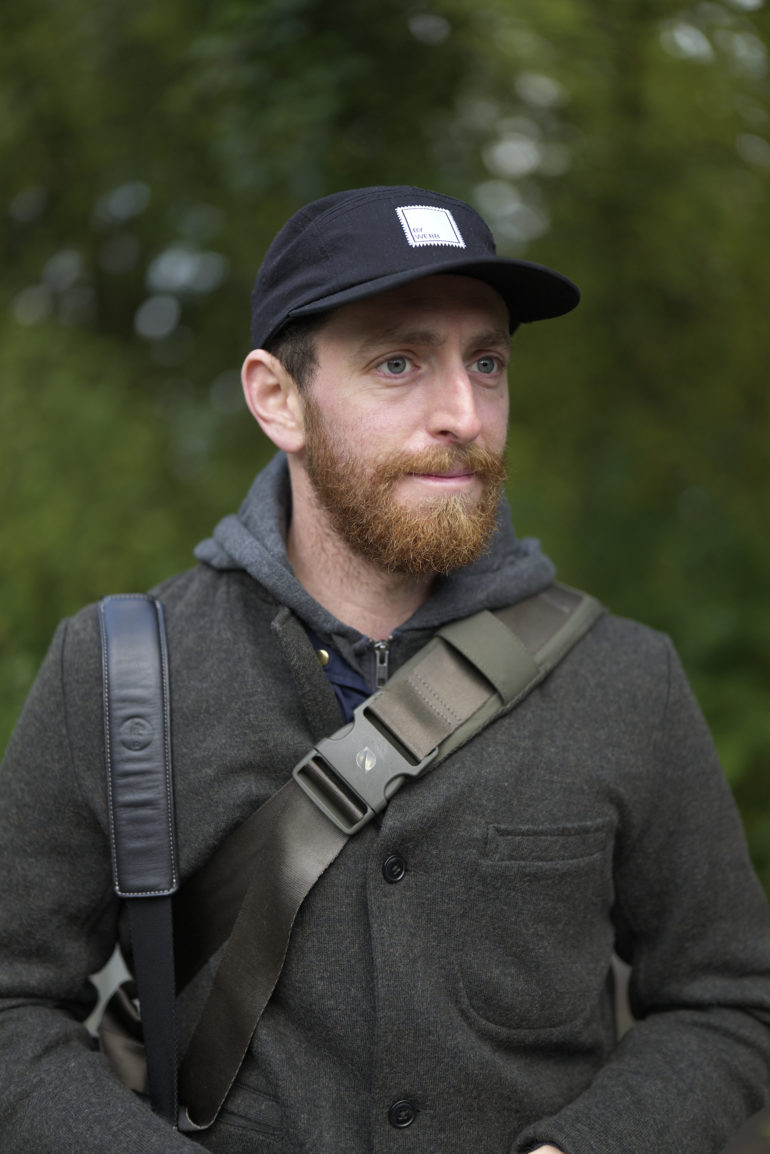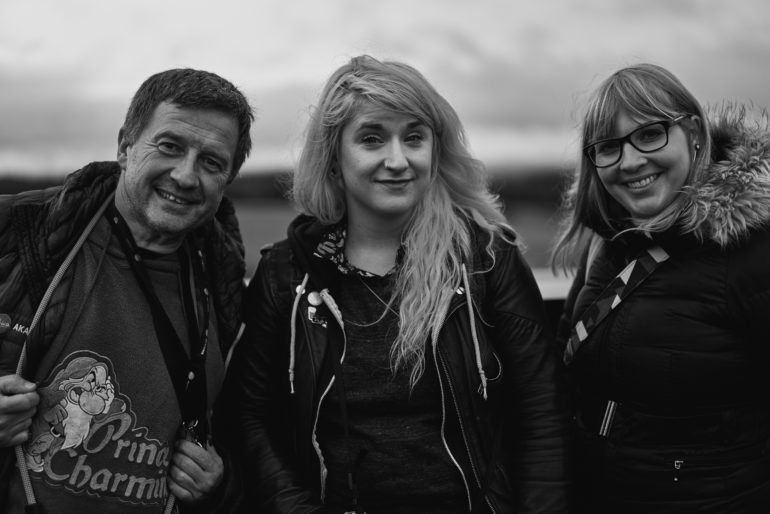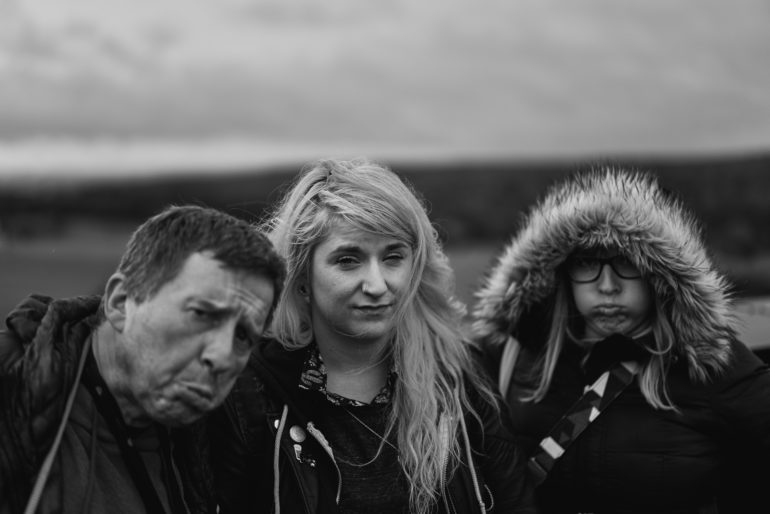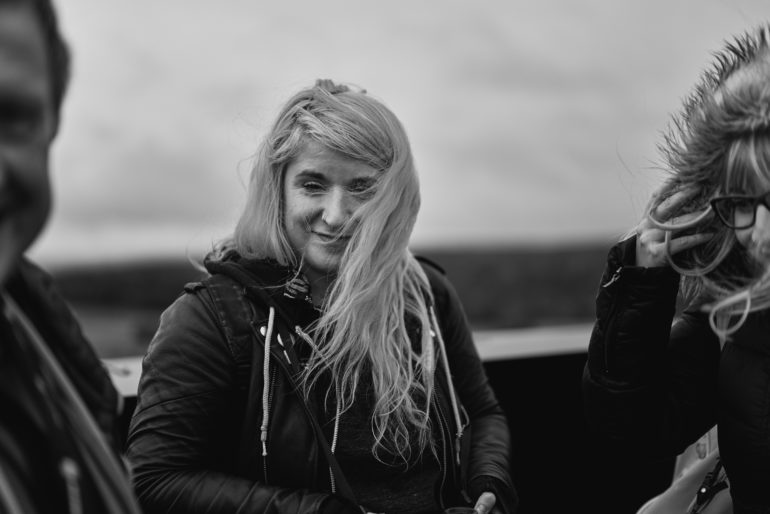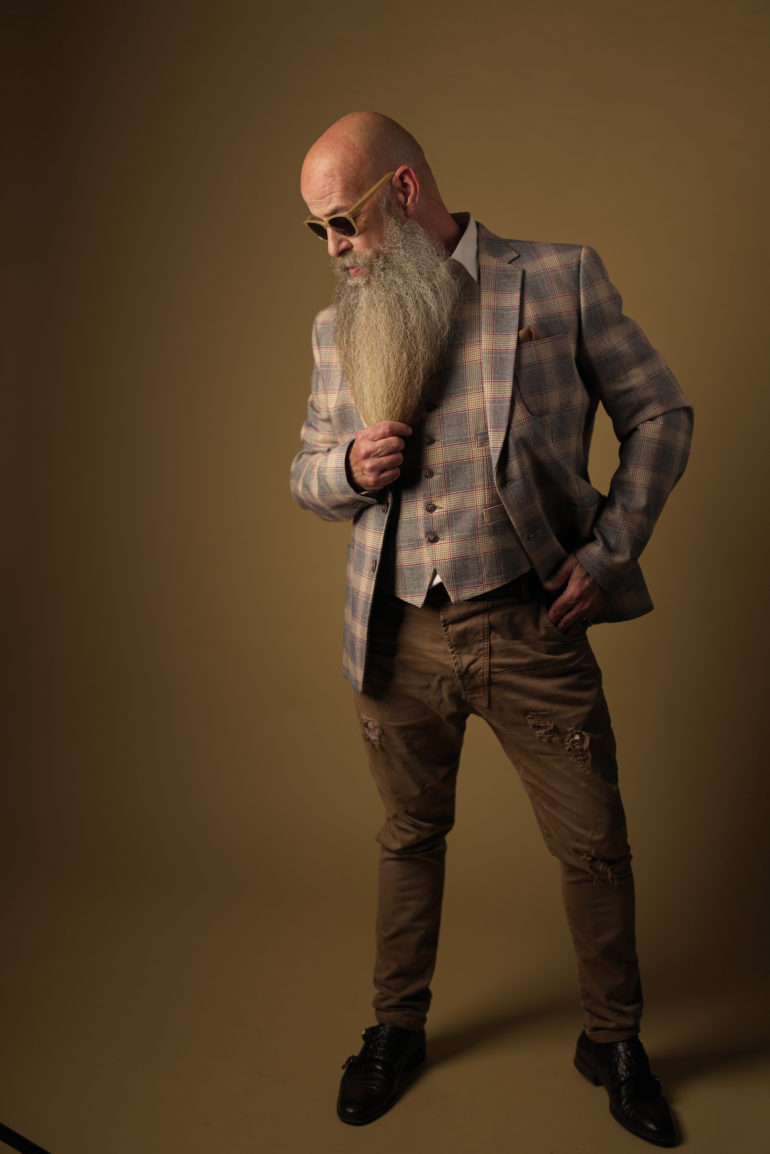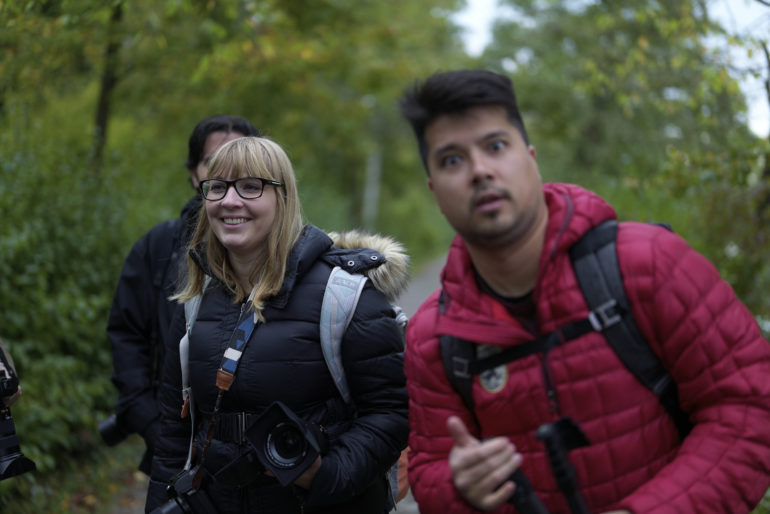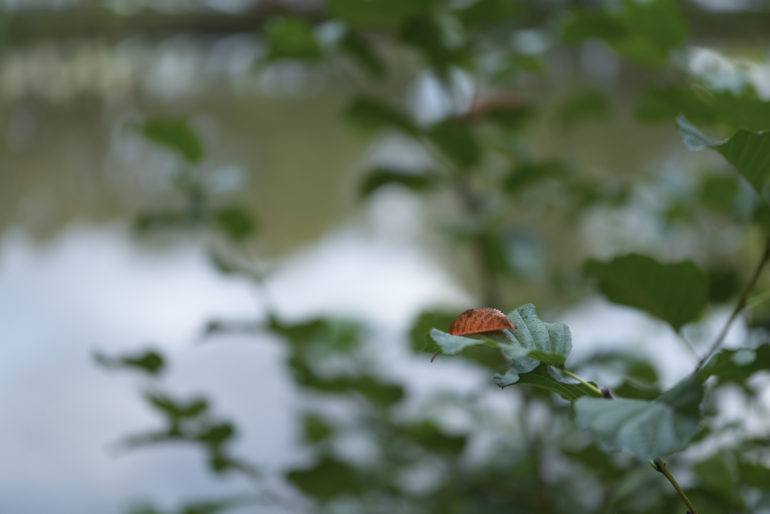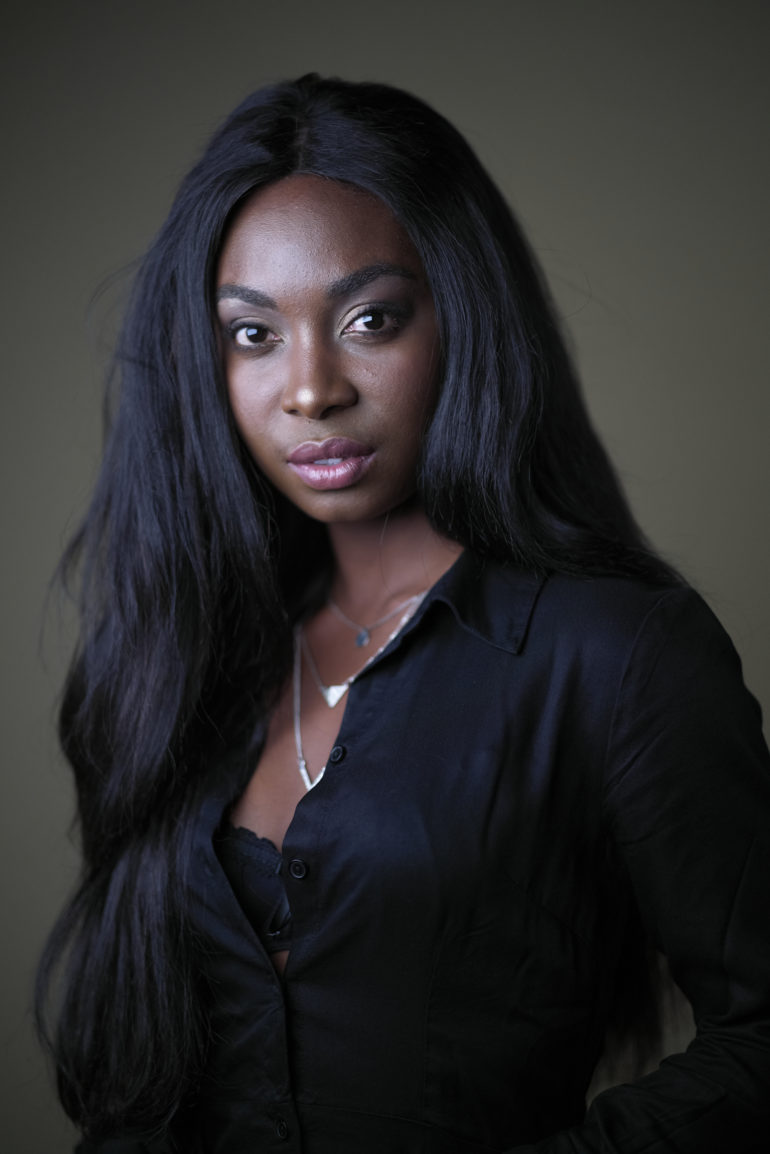Last Updated on 06/05/2023 by Chris Gampat
Throughout my review of the Leica SL2, I tried to keep in mind who the camera is for. Before you snarkily say that it’s for those with too much money, the Leica SL2 has a lot of merit and value to it. It’s fantastic for printing with its special 47MP full-frame sensor. It handles image noise very well. In fact, the overall image quality is great. This is partly thanks to the stellar lenses for the L mount. But it’s also got autofocus that can’t keep up with the rest of the market. Couple all of this together with the ridiculously amazing weather sealing rating and you’ve got a damned great camera. But then give it a nearly $6,000 wrapper, and you’ll sit there scratching your head. But with all this said, it’s a very solid camera. The Leica SL2 is the follow up to the Leica SL1 that saved a photojournalist.
Editor’s Note: Before the announcement of the Leica SL2, Leica flew us and a number of other journalists out to Germany for a trip to their factory, campus, etc. All expenses were paid for by Leica minus the few rolls of film and the camera strap that I purchased from their store. I even paid for some of my own meals. We asked for the camera and lenses to be loaned to us upon our return to NYC where we’ve been testing it independently since. All of our testing in NYC is on our own dime. This statement is part of our commitment to our readers to be as transparent as possible. No, I’m not a Leica influencer or ambassador. But I genuinely do believe everything that I’m writing here.
Pros and Cons
Pros
- It’s built like a tank
- Once you get the philosophy behind its creation, you stand to understand the things that set it apart
- You can hammer nails in with it. Well, not really.
- Very well weather sealed
- Fantastic image quality
- Pretty good battery life
- Access to a lot of great lenses
- Image stabilization is very good
- The most finely detailed high ISO files that we’ve seen when printing.
Cons
- Nearly $6,000
- Autofocus isn’t that of a nearly $6,000 camera, but it’s better than Panasonic’s
- The menu system and interface is something you need to wrap your head around
- No multiple exposure mode
- I wish I could constantly see the information displayed in Menu 1
- The sensor is bound to get dirty
- It’s big and heavy
- I don’t want to carry it around for a long period of time
- The big size makes it a pain on trips
- No flip or tilt screen
Gear Used
We tested the Leica SL2 with the:
- Leica 75mm f2 Summicron SL
- Sigma 35mm f1.2 Art Dg DN
- Leica 50mm f1.4 Summilux SL
- Sigma 14-24mm f2.8 DG DN Art
Tech Specs
- Improved ergonomics over the predecessor, including a new grip
- Give the camera stronger and more mature, iconic Leica identity
- Designed to look more like the R series of cameras
- More or less the same size as the older one
- Gave it more buttons. Same interface as the M and the Q.
- Materials to make the camera were changed.
- It’s weather-sealed: IP54.
- Magnesium and Aluminum
- Top cover is a single piece of aluminum
- 928 grams
- Five axis IS
- New viewfinder is around 5MP
- 47MP Full Frame sensor
- Object Detection AF
- New monitor on the back
- New ISO range: 50-50,000
- 14 stops of dynamic range
- MAESTRO III Processor
- 20fps
- Multi-shot feature: It can record 8 images to become a 187MP photo. That will come via a firmware update. It will be a DNG file
- Cinema indications such as T stops and ASA meant to speak the same language as cinema makers. These are available in manual mode.
- 5K at 30fps
- Two slots for SD cards
- Headphone and microphone can be connected directly. No need for an adapter
Ergonomics
The Leica SL2 is a camera that looks a whole lot like its predecessor. But in addition to that, it’s also clearly evident that it has R heritage in its design. On the side of the mount are two buttons for accessing different settings. Then there is also the lens release.
Here is the Leica SL2’s hot shoe. It’s a different shoe from Panasonic and Leica. Thanks for making things difficult! If you’re a natural light shooter, then you’ll instead worry less about this and instead about the viewfinder. It’s gorgeous.
On top of the Leica SL2 is this nice screen. It’s easy to see settings quickly at a glance with this. You can also find programmable buttons here, the shutter button, and two exposure dials.
On the bottom of the Leica SL2 is the battery port. You can also attach a grip to it. But I never did that.
On the right side of the Leica SL2 you’ll find the SD card ports. That’s about it. It takes dual SD cards.
On the left of the Leica SL2 is nothing really at all. Notice here that you also can’t flip the screen up or to the side. You learn to get used to this, but it surely makes like difficult.
The back of the Leica SL2 has minimal buttons. You’ll probably be working mostly with the little joystick which is a joy to use. No pun intended.
Build Quality
The Leica SL2 is rated to IP54. What that means is that it can resist splashes of water from every single angle. In addition to that, it can resist a whole lot of dust. The previous iteration of this camera survived a blast from shrapnel and saved a journalist’s life. We tested the Leica SL2 a lot in the rain and it kept on clicking. If you’re taking it out on a hike or shooting landscapes, you can rest assured that it will survive as long as you have a weather-resistant L mount lens attached. During our tests in both NYC and Germany, there was a whole lot of rain. With Leica, Sigma and Panasonic lenses attached the Leica SL2 seemed to shrug it off with ease. We’re very confident that the Leica SL2 could be the most durable mirrorless camera on the market along with the Olympus EM1-X.
Ease of Use
The Leica SL2 has a menu system that you’re going to need to get used to working with. There are pages and then pages nested within those pages. Getting familiar with their nomenclature is also something you’ll need to do. If you’re using to using Leicas then it will be totally sensical. But if you’re coming from another camera system, then get ready for a learning curve. One of the biggest things that you’ll need to get use to it pressing in and holding the back exposure dial to change the mode.
Now, check out this screen. This screen is what I wish the Leica SL2 always had on the back of the camera. Instead, it will have to display a preview for you. Otherwise, it will be in EVF extended mode or EVF only. But this menu is significantly more useful for photographers.
Something else well worth talking about is the image stabilization system. The Leica SL2 has a very effective IS system. This image was shot at 1/25th and it gave me a lot of details with little to no blur. The same applies to a bunch of other images that we shot at low shutter speeds. But to have some fun, I did more of a torture test. I’ve been really into creating these painterly looking images in-camera for a few months now. And I tried to fight the image stabilization system as much as possible. Here are the results.
For the images with a lot of blur, you should note that I was purposely pulling the camera in a specific direction to get that effect. But either way, the camera did a great job of stabilizing the photos.
Firmware 5.1 (Updated May 2023)
Leica has launched a few updates since the SL2 first launched, with many of them focusing on usability features. With firmware 5.1, the SL2 now has the same firmware number as the SL2S. Firmware 5.1 improves the camera’s compatibility with Profoto lighting. On the SL2S, we found that Profoto lights worked seamlessly using this latest transmitter.
Moving backward through the lists of SL2 updates, the previous firmware, 4.0, added more customization options to the controls, including controlling ISO with the thumbwheel or front dial. Photos (and videos) can now be tagged quickly by simply pushing up on the joystick. This is a really efficient way to mark your favorite images in the field. The update also allows the ISO to be adjusted in smaller increments, which is great for having more control over the final exposure. The list also includes improvements to metering, exposure, depth of field preview, and bug fixes.
Something about the SL2 body makes me slow down and put more thought into the composition. Maybe it’s the rugged, heavy feel. Or maybe it’s the beautiful black and white modes. Whatever it is, I really enjoyed shooting with the SL2. The menu system is wildly different from most cameras out there, but I found it quite refreshing. To really keep the rugged camera withstanding the test of time, however, it’s going to need some firmware updates for the autofocus system in the future.
Autofocus
The Leica SL2 is pretty darned good when it comes to single autofocusing. There are zones, pinpoints, etc. It gives you pretty much every tool you need to lock onto a subject once, shoot a great photo, and move on. But if you want it to keep tracking a subject, it will struggle. The following images got face detection on Amy, followed her, and didn’t keep her face in critical focus. However, the Leica SL2 was facing a lot of difficulties. It was working with the Sigma 35mm f1.2 DG DN Art when shooting at f2.8. Theoretically, that shouldn’t be a big issue because they’re sharing the same focusing algorithms.
Then we tried this again with PC Mag’s Jim Fisher. He moved closer to the camera while walking uphill with a lot of gear on his back. The camera still couldn’t keep him in focus when working with a Leica lens. He was being shot with the Leica 50mm f1.4 Summilux SL. One could say that that’s not fair, but in bright lighting, I’d argue differently. Pretty much every other system can handle it.
Focusing Update June 2023
Recent findings have made us realize that the Leica SL2 has one of the best solutions to zone focusing that we’ve seen. In fact, it’s also one of the most accurate. If you switch the camera into manual focus mode, you’d probably expect the zone focusing markers to appear on the back LCD screen. But instead, they’re on the top. More importantly, it tells you how much of the space is in focus depending on the aperture you’re stopped down to. To do this, set the lens to manual focus, then lightly hold the shutter button down. When you focus the lens manually, the Leica SL2 will tell you how much of the area is in focus. We’re happy to say that this works with Leica, Panasonic, and Sigma lenses. This is only logical as the lenses are all communicating the same things through the camera and lens contacts.
The brands in the L-mount alliance have told us for years that they don’t limit the information that is transmitted through the lens mount. This seems to be a testament to the fact that the relationships are still holding up. It’s reassuring since, as a reviewer, we always felt like Panasonic and OM System were always trying to screw each other over in small ways.
A similar finding can be seen when using Zeiss Batis lenses or certain Nikon S lenses. Try it for yourself, and you’ll love the results.
Image Quality
The Leica SL2 is a camera that landscape photographers, cityscape shooters, portrait photographers and the documentary photographers that slow down will truly appreciate. Every RAW file sings with information in it. Lots of highlight and shadow details can be recovered from them. Additionally, it handles noise very well overall. However, it’s not the best at all at handling noise. Sony still does a better job. But when I look at the image files, I get more details from images at ISO 3200 and beyond. However, there is surely more image noise vs Panasonic’s options. It’s still not awful though.
RAW File Versatility
The Leica SL2 is capable of rendering not only a lot of detail from the highlights, but also great colors and shadows. We edited this RAW file in Capture One Pro 12. The photographers that purchase the Leica SL2 will be happy to know that they’re getting their money’s worth with this sensor. Couple the fact that this sensor is optimized for the best sharpness and you’ll be a very happy photographer. Better yet, when you work with the color channels, you’ll be able to get a lot from each individual channel. My problem here though is that Leica’s only white balance option in Capture One Pro 12 is “shot” and no others are embedded into the RAW file. Of course, you can mess around with it yourself.
High ISO Output
The Leica SL2 has a bit more noise than I’d like at certain ISO settings. But they’re not too terrible overall. The noise can easily be nerfed in post-production. For what it’s worth though, we printed a photo shot at ISO 6400 at 17×22 inches on Canon Pro Semi-Gloss paper. When using Capture One Pro 12 and the Canon Prograf 1000 printer, we saw little to no grain on the print. It looks just fine from a few feet away. When you get up to around 1 foot close, you start to see a bit of grain. But at ISO 6400 the Leica SL2 holds the most detail we’ve seen from a 35mm full frame sensor thus far when printing. It’s a fantastic camera for just that at high ISOs.
Extra Image Samples
Conclusions
Likes
- Great image quality
- Nice build to it
- Access to some of the best lenses on the market
- It’s truly a creator’s camera
Dislikes
- The price, but I can sort of live with that. It’s the investment into their entire system that eats me alive
- Why the hell doesn’t the L mount alliance have a unified hot shoe?
- Autofocus can be improved
- A few things with the menu
There are a lot of great things about the Leica SL2 but there are also some things that I want to complain about but that I’m sort of okay with. The slow autofocus is okay if you’re a slower type of photographer. I’ve said the same thing about the Panasonic S1R. The photographers that need the resolution and the details are surely going to get it. If you’re a photographer that loves to print, then the Leica SL2 is a great camera for you. We got really high resolution and really detailed images from the Leica SL2. It’s also great in a variety of weather conditions. You know that no matter what the Leica SL2 will keep on working. With the right lenses too, you’ll have a blast. But what I’d expect from a camera that’s nearly $6,000 is better autofocus performance first and foremost. I can live with the menu changes and I can always use a manual flash with the hot shoe — but you can use Profoto’s integration too. That, and bringing this camera along with lenses will mean that you’re bringing a lot of weight and you’ll need to make space in your camera bag for it. The point of mirrorless was to make everything smaller and lighter. But with the L mount, that’s not totally the case so far.
So do I like the Leica SL2? I do. But not enough to justify a purchase from another system in my eyes unless you really need the resolution. Personally, I wouldn’t spring for one. If anything, I’d buy a Leica M instead. That’s where Leica really is keeping the spirit of mirrorless alive.
We give the Leica SL2 four out of five stars.


